Christopher Ward have been on a bit of a release frenzy recently, mainly thanks to their SH21 in-house movement. The C9 5 Day 43mm was the first watch to house this mighty movement, and then it was featured heavily in the complete overhaul of the Trident range, their most popular watch.
Now, we have a more classy and smart option thanks to this C9 Small Seconds. Costing £1295, it’s cheaper than the 43mm C9 5 Day, and in my opinion is a better size. Let’s take a closer look to see how this watch fares upon closer inspection.
The case
Set in the usual traditional barrel shaped case, the C9 Small Seconds is simple, yet effective.
Measuring in at 40mm in diameter and with a height of 12.2mm, it’s just the right size for me. Some may say that 40mm is still too large for a dress watch, but I feel it works really well in this case, providing an impressive amount of wrist presence.
The case is made of surgical grade 316L stainless steel, and is brushed down the sides, and polished on the top and bottom. The finishing is flawless throughout. It appears to be a 3-piece case, with the bezel and caseback being connected to the top and bottom of the main case section. This provides some symmetry to the case, which is nice to see.
Both crystals on the C9 Small Seconds (the top, and the exhibition caseback) are rather impressive Museum grade sapphire crystal. This is extremely clear, providing a very pleasing viewing experience. The crystals are also laden with the excellent AR08 anti-reflective coating that is used on all of Christopher Ward’s higher quality timepieces. Whilst it doesn’t splash the crystal with a flash of blue like on an Omega for example, you can still see it working away, reducing many reflections. Interestingly, you can see the AR coating much better on the flat caseback crystal, than you can on the domed top crystal.
The push-pull crown is a reasonable size, with a width that provides a good amount of grip for your regular winding. It feels very sturdy in the hand, and the grip allows you to manipulate it without trouble. You wind it in the base position, change the day in the first, and the time in the second. The Christopher Ward logo is embossed on the polished end as usual. It’s all very neat and tidy, and does the job just fine.
The 20mm wide lugs are rather pointed as you look from the side, meaning they hug the wrist really well resulting in a very comfortable wear. Looking from above, they flow in from the edges of the case and pinch at the top with fluidity.
The Christopher Ward C9 Small Seconds has a 50m water resistance, which for many will suffice. It’s good enough for light submersion and shallow swimming, but nothing more. But it’s not a watch that you’d likely wear whilst swimming anyway so that does not concern me.
The case is in essence what the whole watch is about – well built simplicity.
The dial
The dial on the C9 Small Seconds is in keeping with the rest of the range – clean, minimal, and elegant. Yet, it has gone in a different direction which is refreshing. The plain batons have been dropped for Roman numerals, and the hands have changed from thin dauphine to leaf style. In short, an even smarter and more elegant appearance.
The base of this is the classic optic white dial, providing a freshness to the watch that aids the legibility. There’s nothing applied this time around, with every detail on the dial printed in black.
The hour markers are long and thin Roman numerals, sized correctly to be read easily.
The logo is located in the centre of the top half of the dial as is the custom. We also have a minute track printed in the form of rails around the outer edge. All that remains printed is the small index on the small running seconds subdial – comprised of thin dashes for every interval, with a thicker and longer dash every 5.
All of the printing is perfect, as you’d expect. It’s printed with precision and the ink work is spot on considering the delicate nature.
The minute and hour hands are thin and tall leaf style, stretching far into the dial as usual with C9s – the hour hand reaches the base of the hour markers, and the minute hand touches the minute track. Perfect.
The hands are all blued (chemically rather than heat) which provides a flash of colour under certain light conditions. It’s a subtle blue, so usually they’ll just appear black, which I think works best.
The small seconds hand is a straight stick style, with a very slightly fanned it counterweight. The subdial itself is set into the dial, offering a bit of depth to a rather straight forward dial.
The date at is located at 3 and is well camouflaged into the dial. The white date wheel is the same colour as the dial, and the date window itself is stepped down pleasantly thanks to the border surrounding it.
Whilst the dial is fairly simple, I do think it extremely elegantly designed. There’s no arguing about the execution – it’s spot on which is no surprise. Some have mentioned for an even cleaner look, the date should be dropped. I do agree, but I’m happy to go either way – so the current design is pretty enough for me.
The strap
The strap is available in brown, black or blue. And due to the simplicity of the watch itself, they all suit.
I’ve got the black strap, and it’s the classic smart combination of white dial, black strap that doesn’t disappoint. The contrast is there, making the dial pop visually on the wrist.
It’s 20mm wide at the lugs, reducing to 18mm at the buckle. To me, this is the ideal size for a 40mm watch.
The leather is jet black with matching stitching, and has a mat finish to it, rather than being a shiny patent.
As is the norm with all Christopher Wards, the leather is beautifully comfortable, soft, and feels high quality to the touch. The underside is a light tan colour, with the black stitching continuing through. For a bit of detail, the Christopher Ward logo is stamped on one side, and “genuine leather” is located on the other side. I’ve come to expect comfortable straps from CW, so I’m pleased to say that it is perfectly worthy for this watch.
The Bader is a superb deployant clasp that I really like. It’s quick to use, secure, has a very thin profile, and is machined sublimely. I get along with it well and I would highly recommend selecting it as an optional extra if any Christopher Ward watch does not come with it.
It’s finishing is polished for the majority – the whole elbow mechanism is a shiny, spotless finish. The only bit of brushed is the central section of the top bar, which houses the deeply engraved CW logo.
It’s simple to use thanks to the two buttons situated on either side of the bar – a simple wheeze together releases the nipple on the inside of the elbow. It’s very reliable – I’ve never had one pop open on me unexpectedly, and I’ve tested a few.
The straps on Christopher Ward watches have always been excellent quality, so I’m pleased that this trait continues with the C9 Small Seconds.
The movement
Yet another watch housing Christopher Ward’s brilliant SH21 in-house movement.
Please see the picture below to see the difference between the hand wind (on the left, found in this very Small Seconds), and the automatic (on the right, found in the C9 40mm).
The specs are almost the same, but this time we’re utilising something that’s always been there – the pinion for the small second hand. We’ve also dropped the automatic rotor and winding “module”, which means this version is a hand-wind only movement. The removal of this movement means the jewels drop from 31 to 27, and also the height of the movement. I’m not exactly sure how much, but it allows the height of the watch itself to be reduced from 13.45mm on the C9 5 Day 40mm to 12.2mm on this model. On a smart dress watch, the thinner the better so a reduction of 1.25mm is more than welcome.
Of course, every SH21 is COSC certified – a Swiss certification that guarantees the movement to be accurate to within -4/+6 seconds per day. Chris told me that this alone costs £100 so when you think about it, that’s quite a chunk out of the RRP.
It runs at a high beat of 28.8k bph (8 ticks per second), so the small seconds hand has a very smooth sweep exaggerated by the short length of the hand. The movement also features a hacking seconds hand so you can set the time bang on.
The most impressive part of the SH21, however, is the twin mainspring barrels working in parallel. This results in a whopping 120 hour power reserve (hence the 5 days in the name) – 80 hours more than your regular 40 hours. So on one one full wind, it’ll last you 5 days – which means you’ll only have to wind it 6 times a month, less than half the amount you’re used to.
Which brings me onto how it feels whilst hand winding. Johannes Jahnke rather affectionately refers to this movement as a “tractor”, built to cope with high amounts of torque, and every part of it made thicker and more beefy than usual. And you get the sense of this whilst winding and setting it. There’s quite a lot of resistance when you wind it up – not a bad resistance, but rather the kind that makes you immediately recognise that this is a extremely well build movement. And it’s the same with the setting of the time and date. It just feels solid in the hand.
Finally, there’s how it looks. Obviously we’ve not got the automatic module and rotor so as a result, the movement is much more simple. Personally, I think it’s actually a little too simple, and in an ideal world the main large plate would have been a bit more exposed to be able to see more of the internals. It’s still nice to see the hand brushed top and beveled edges though.
When considering the price of £1295, let’s not forget the amount of work that’s gone into the movement. And for that price, you’re getting an absolute steal of a watch with something pretty revolutionary inside.
The competition
Many view the Stowa Marine to be a direct competitor to the C9 Small Seconds. And I can see why. Side by side, they look extremely similar, with a small seconds, Roman numerals, and a white face. The Stowa is a little on the cheaper side at £905 (€1280). It’s excellently built and Made in Germany, but the main reason behind the price difference is the movement. A fairly standard ETA 6498-1 can be found within the Stowa, compared to the SH21.
On a mega budget? Of small seconds are what you’re after, then you can’t really go wrong with the Rodina R005 Bauhaus. It’ll cost you $120, and has a Chinese mechanical movement and sapphire crystal. Pretty insane value for money.
Final comments
Let’s be honest, for £1295, the main thing you’re paying for here is the SH21 movement. Is it worth it? I definitely think so. The Stowa is the next best thing, and for an extra few hundred pounds you get 5 years warranty, Christopher Ward’s famous customer service, and a movement that’s making quite a stir in the watch world.
Yes it is a lot of money, but any watch enthusiast will appreciate what a watch it is. Gorgeously simple design, flawless execution and manufacture, and a unique in-house movement make the Christopher Ward C9 Small Seconds a real winner.
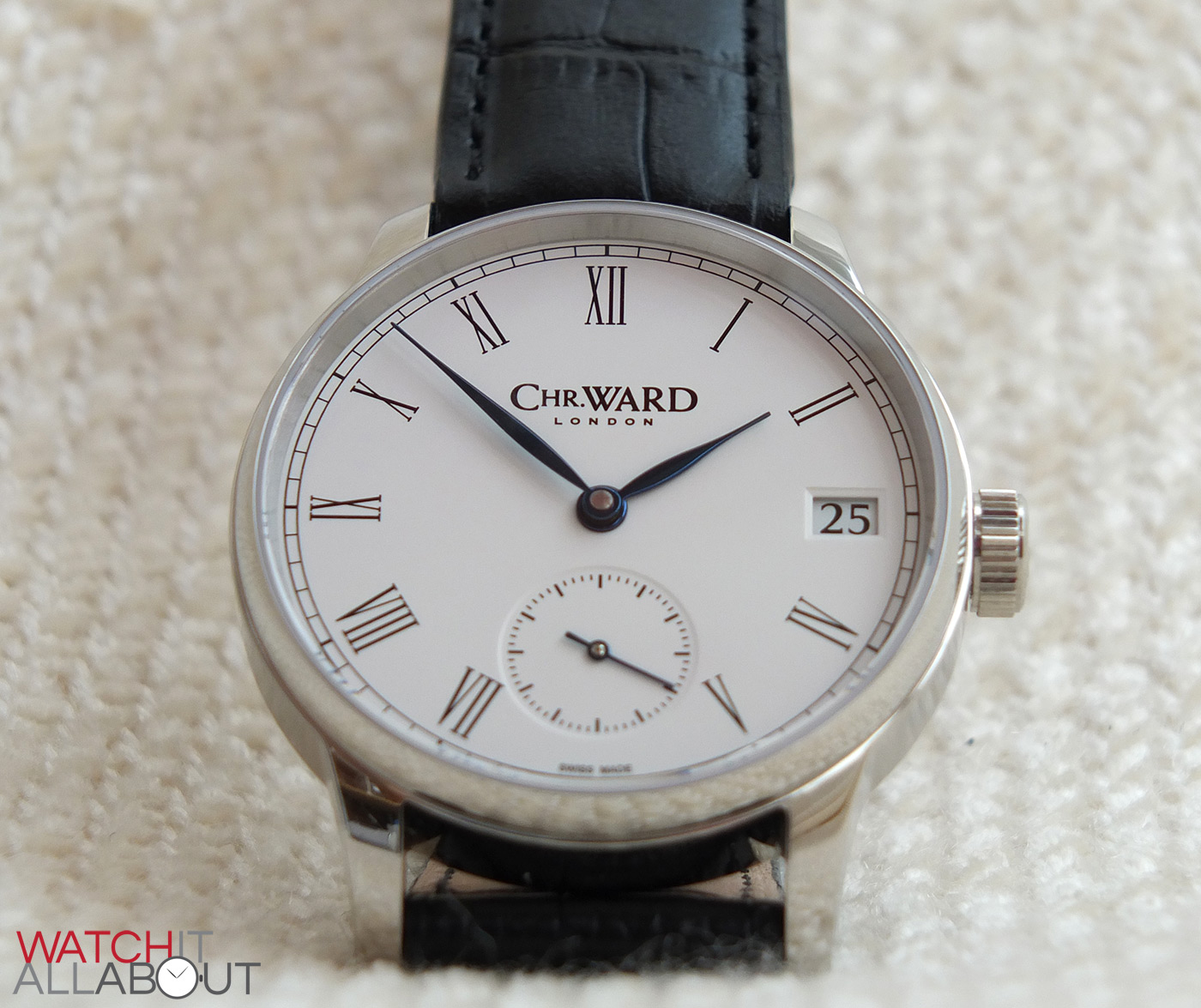
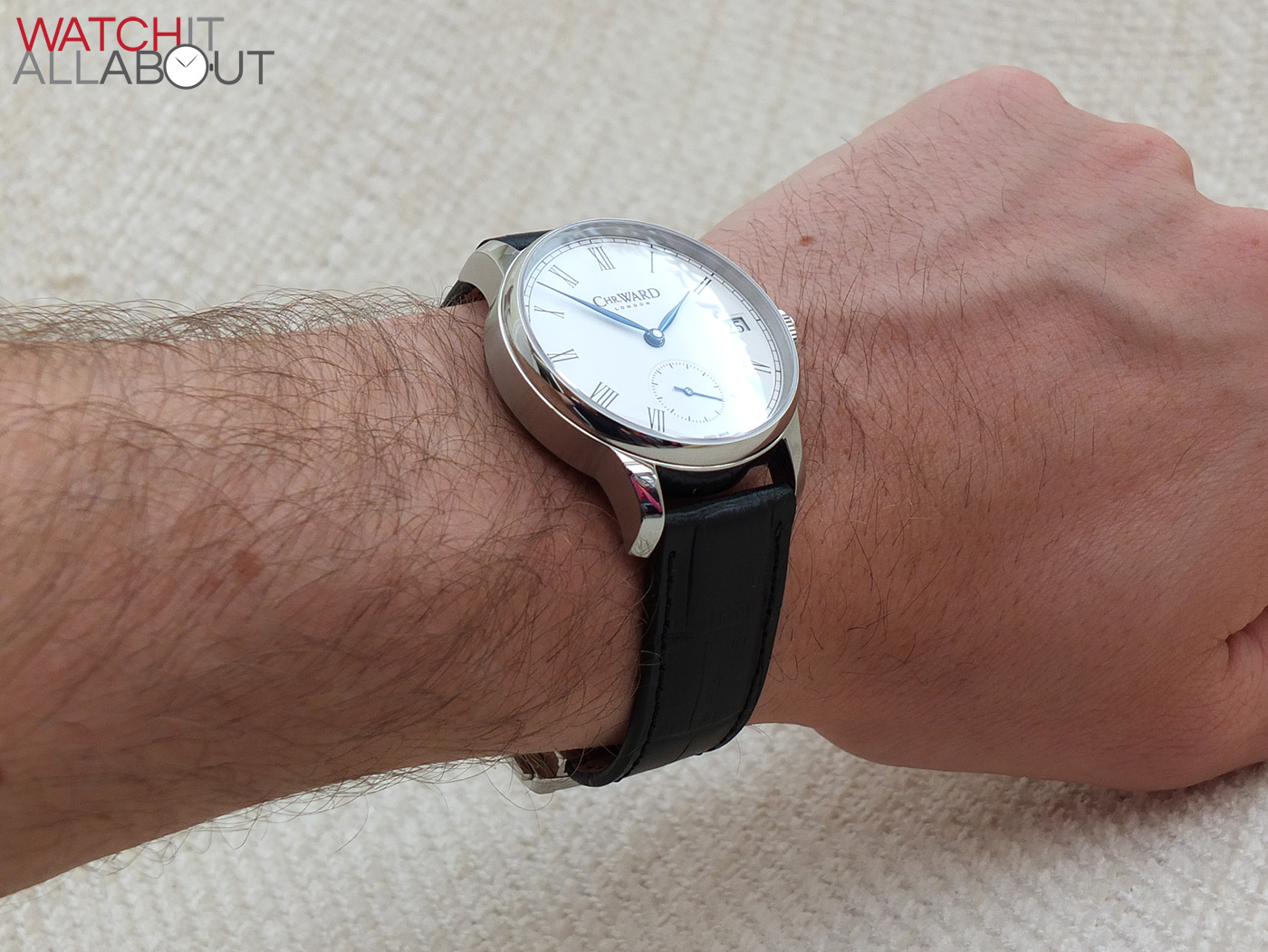
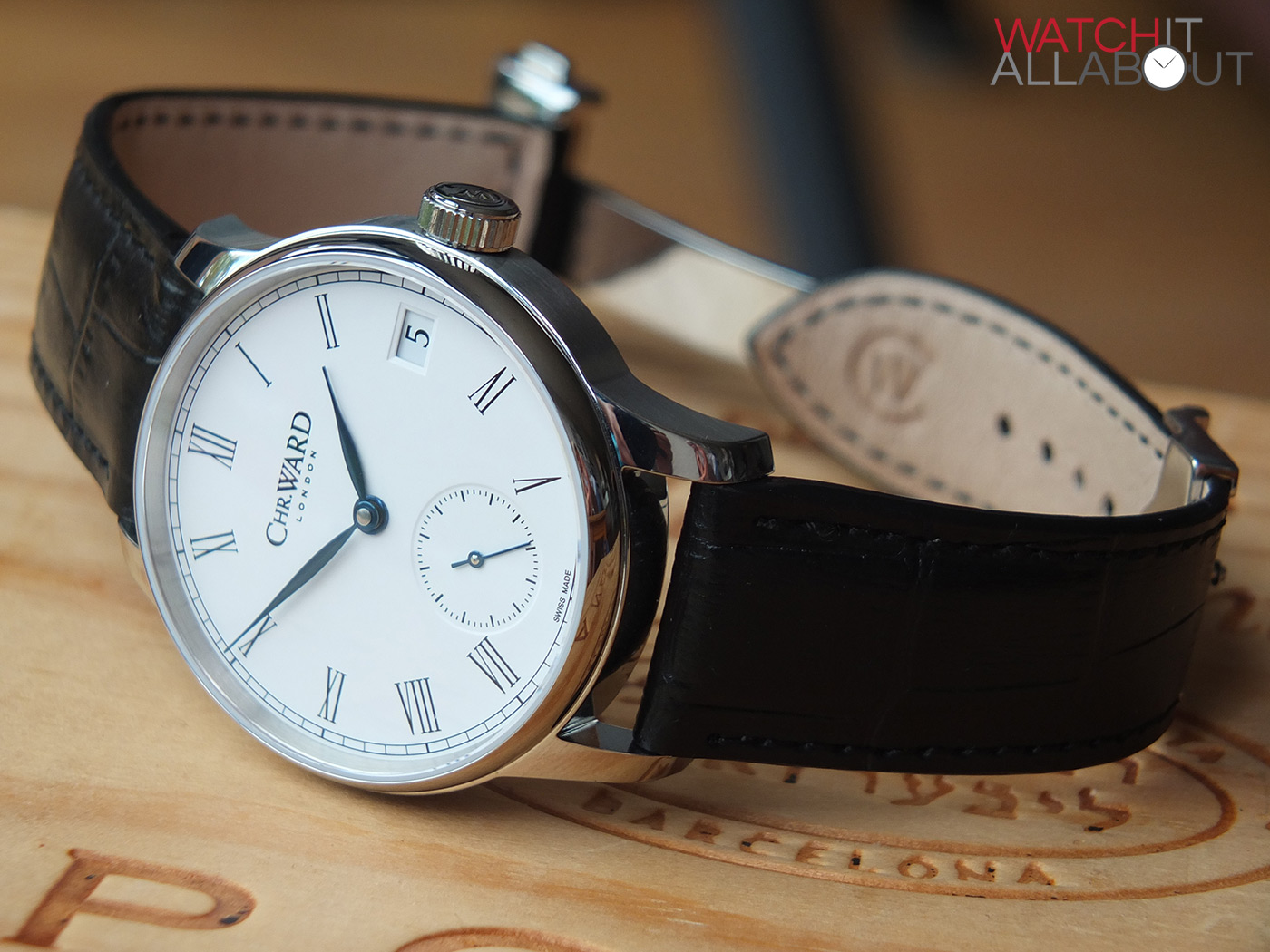
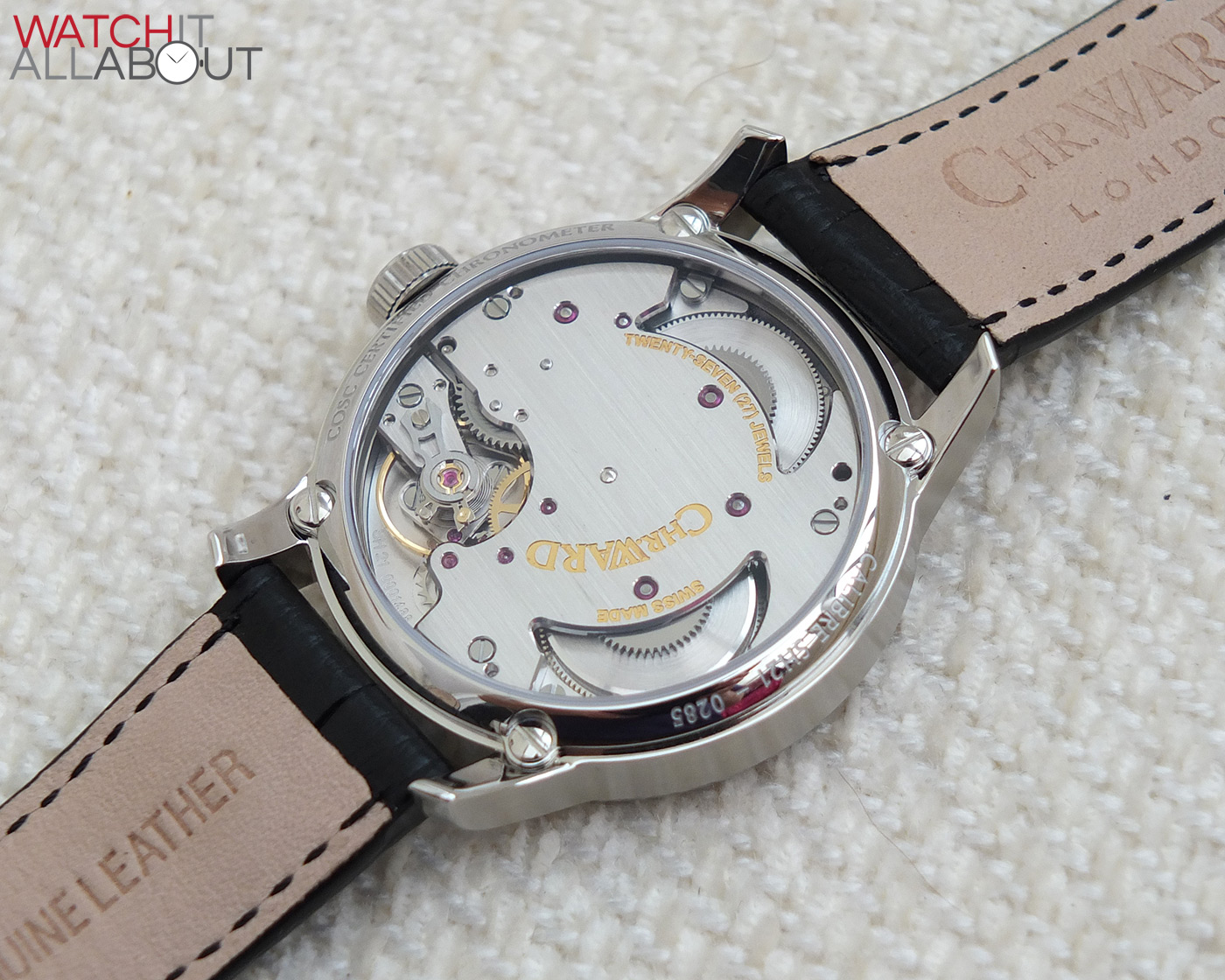
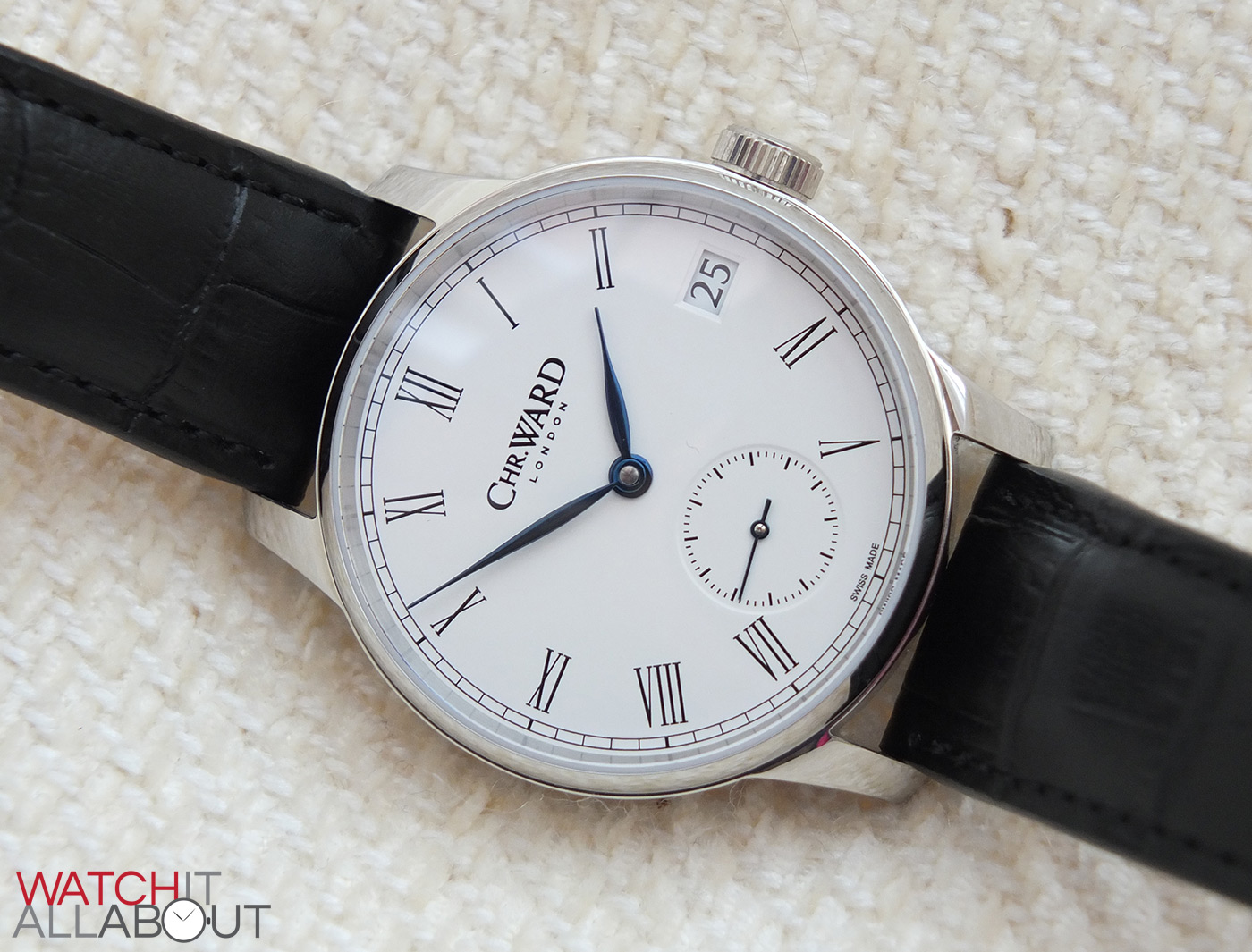

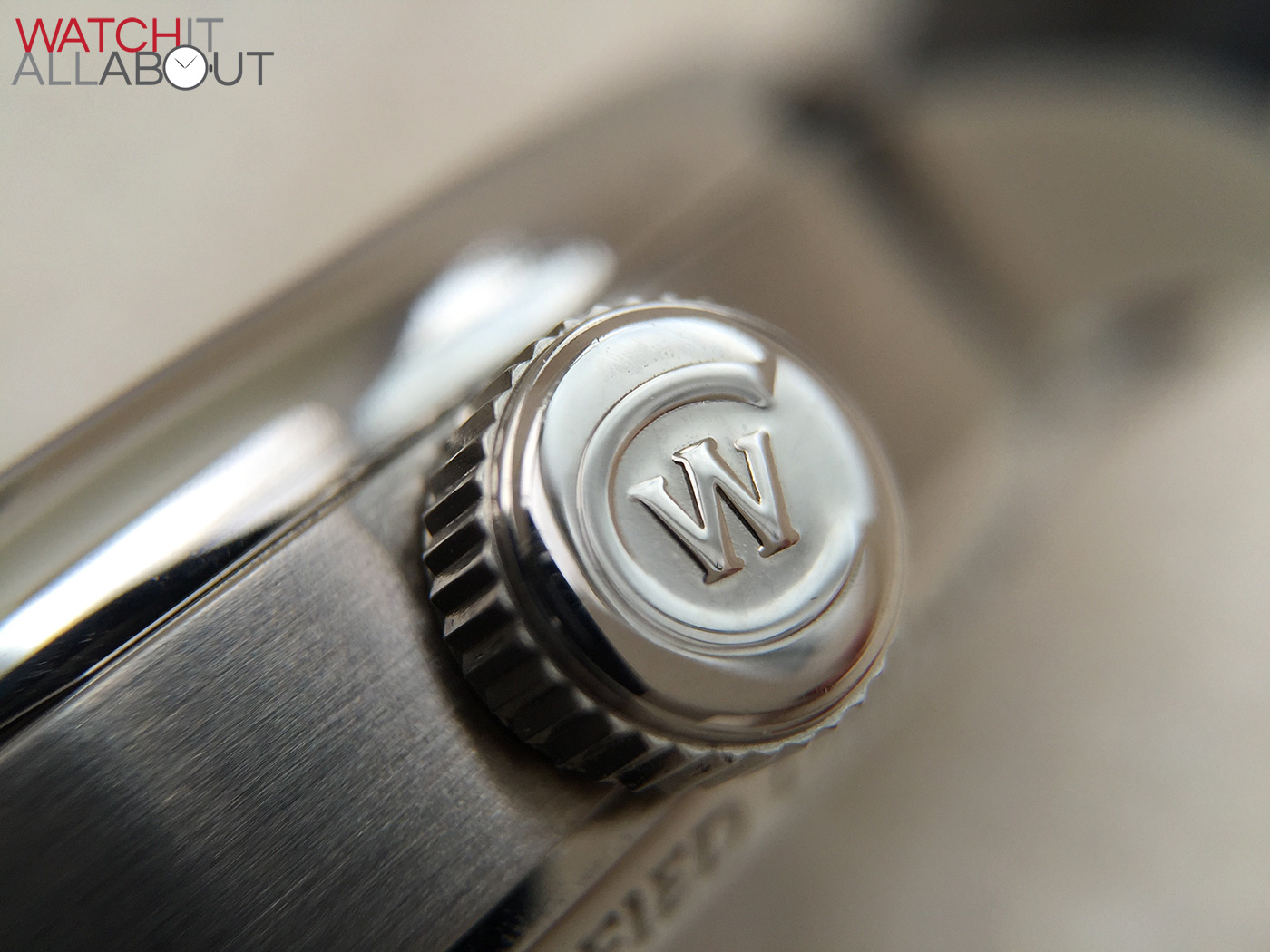
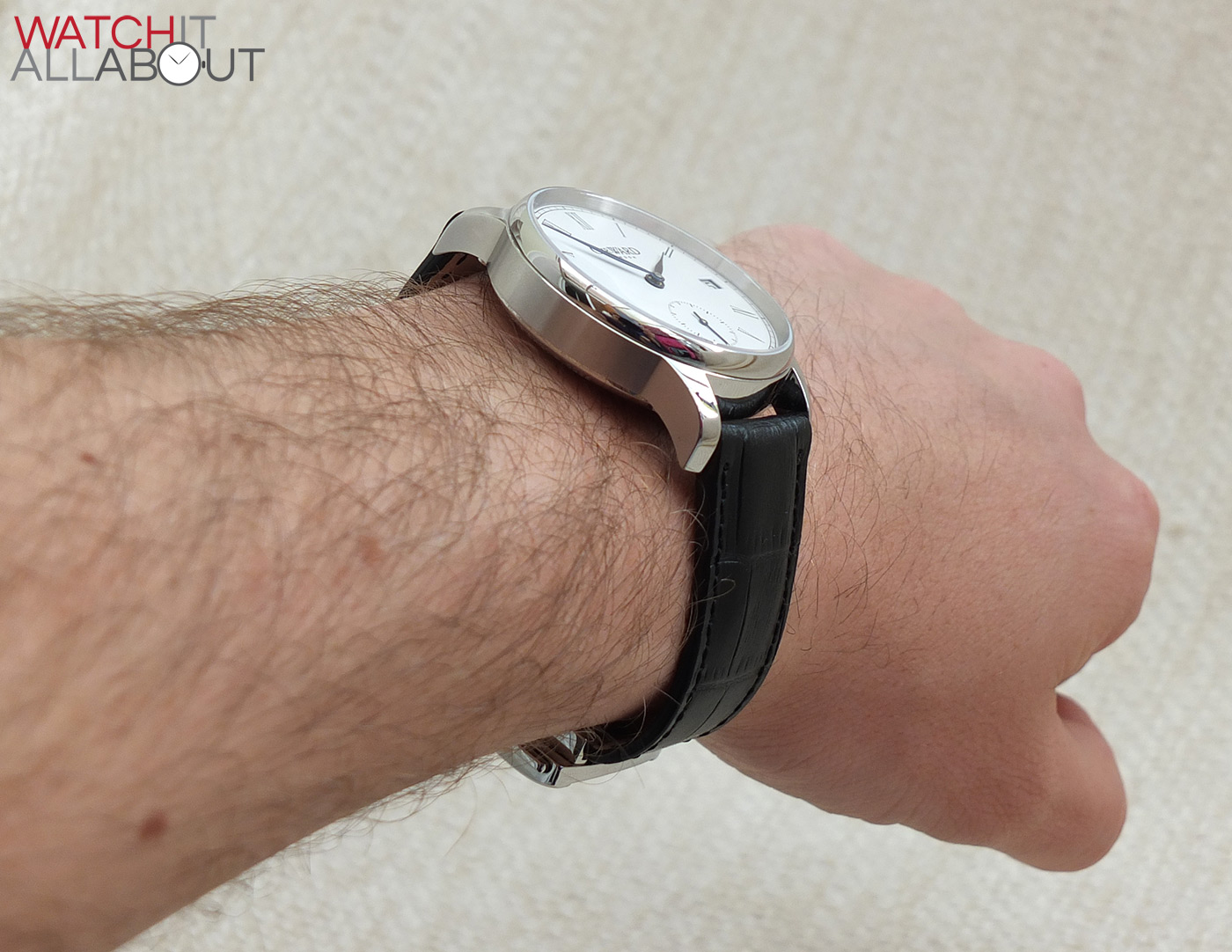
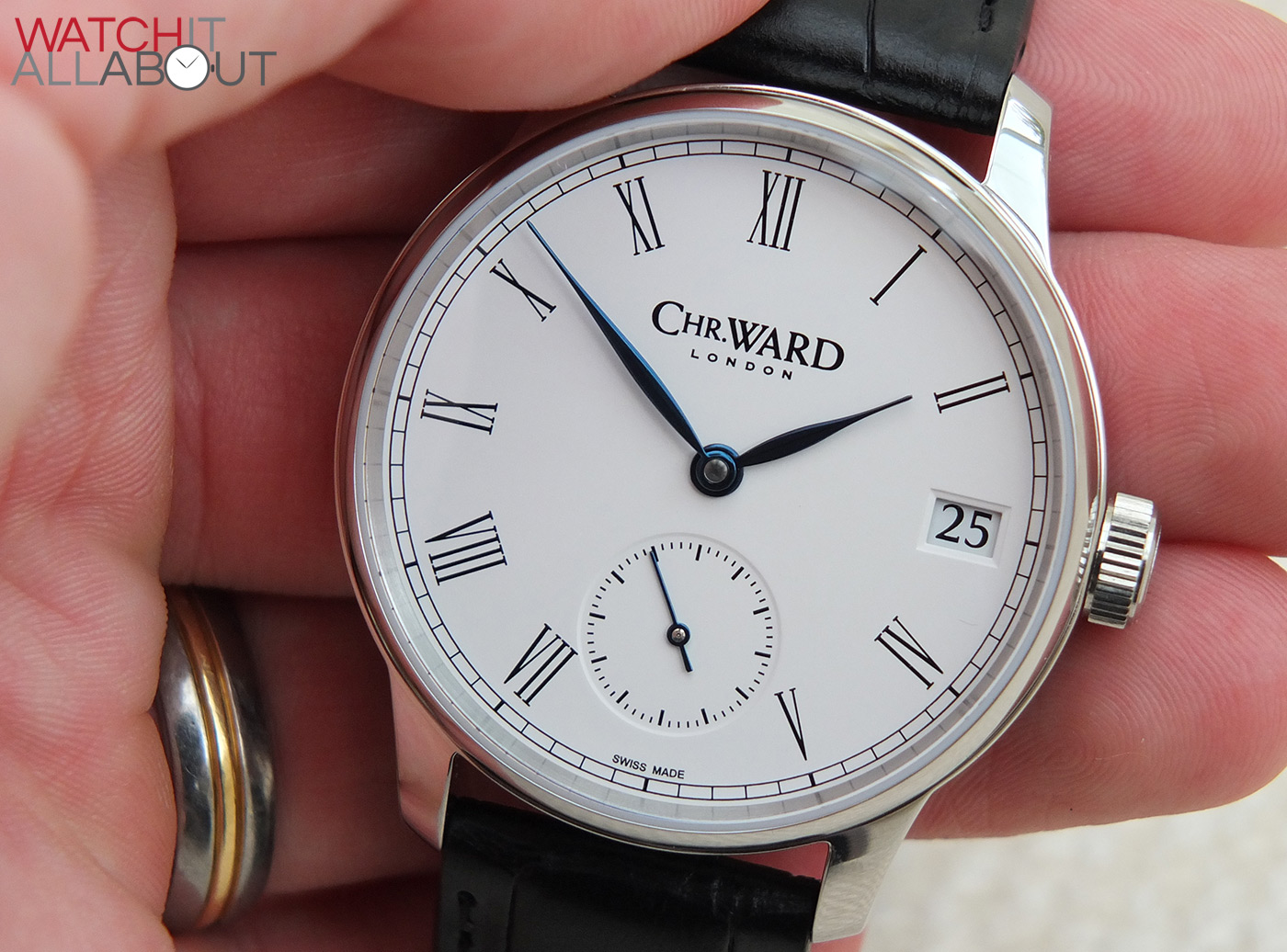
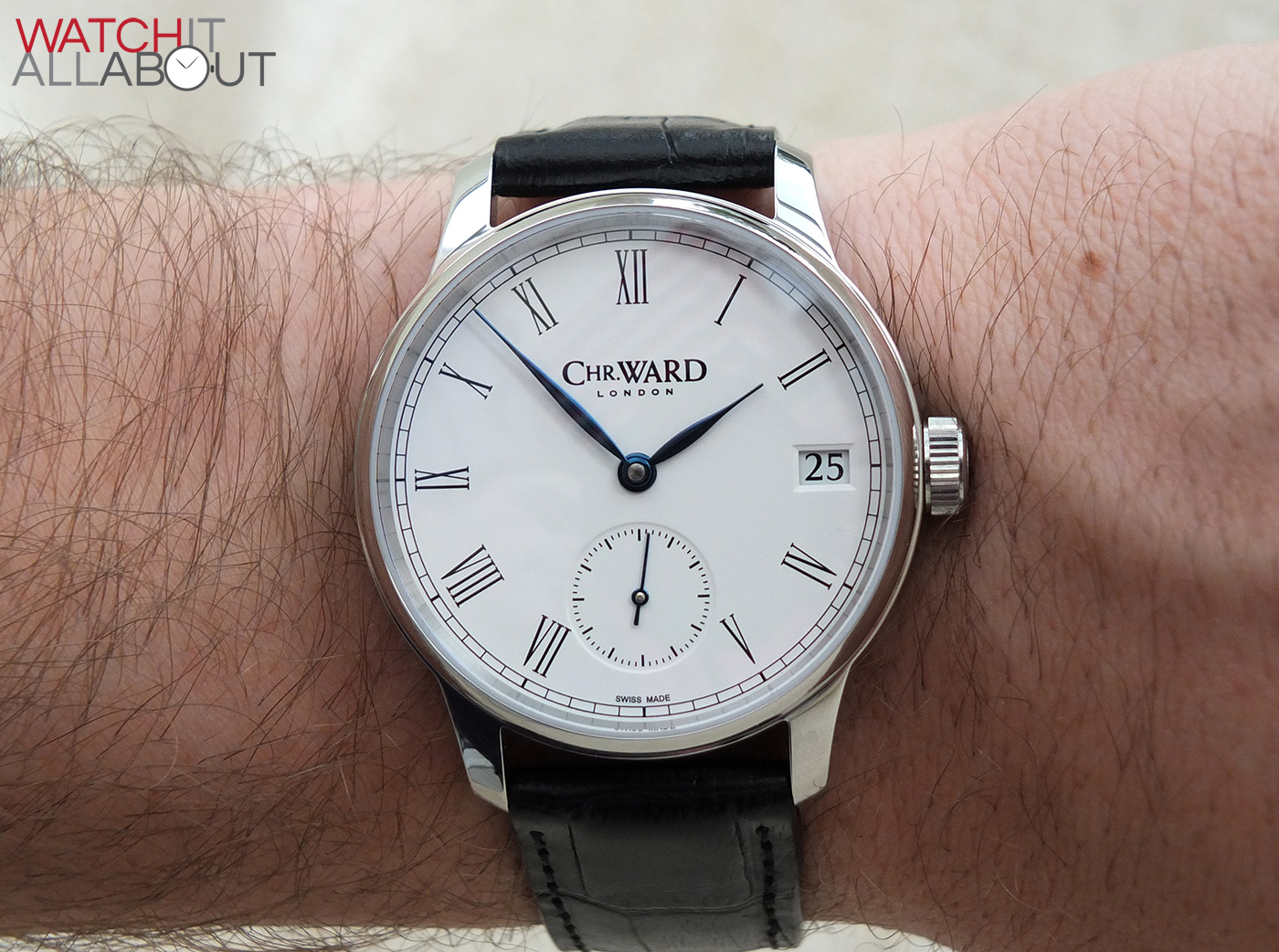
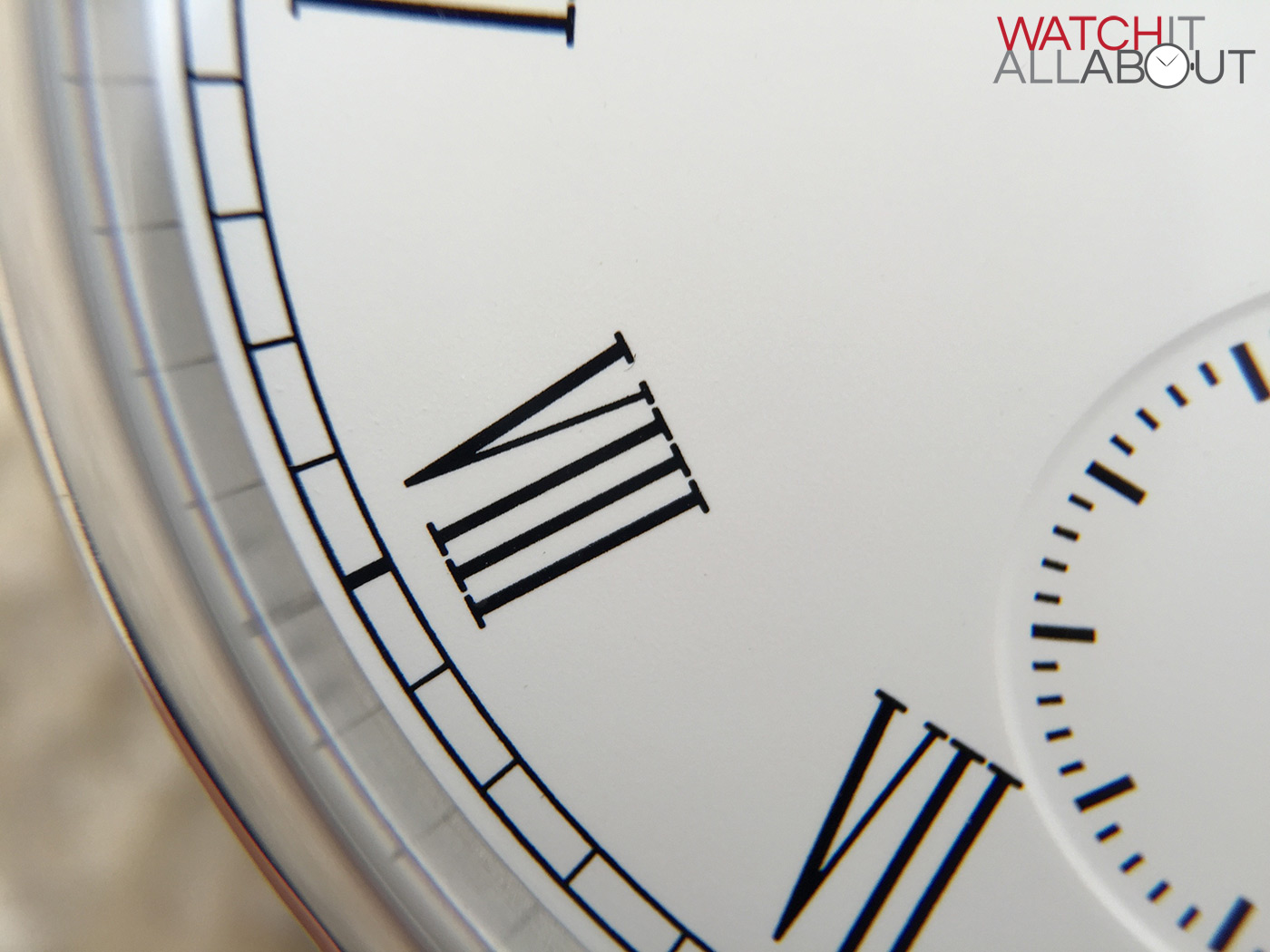
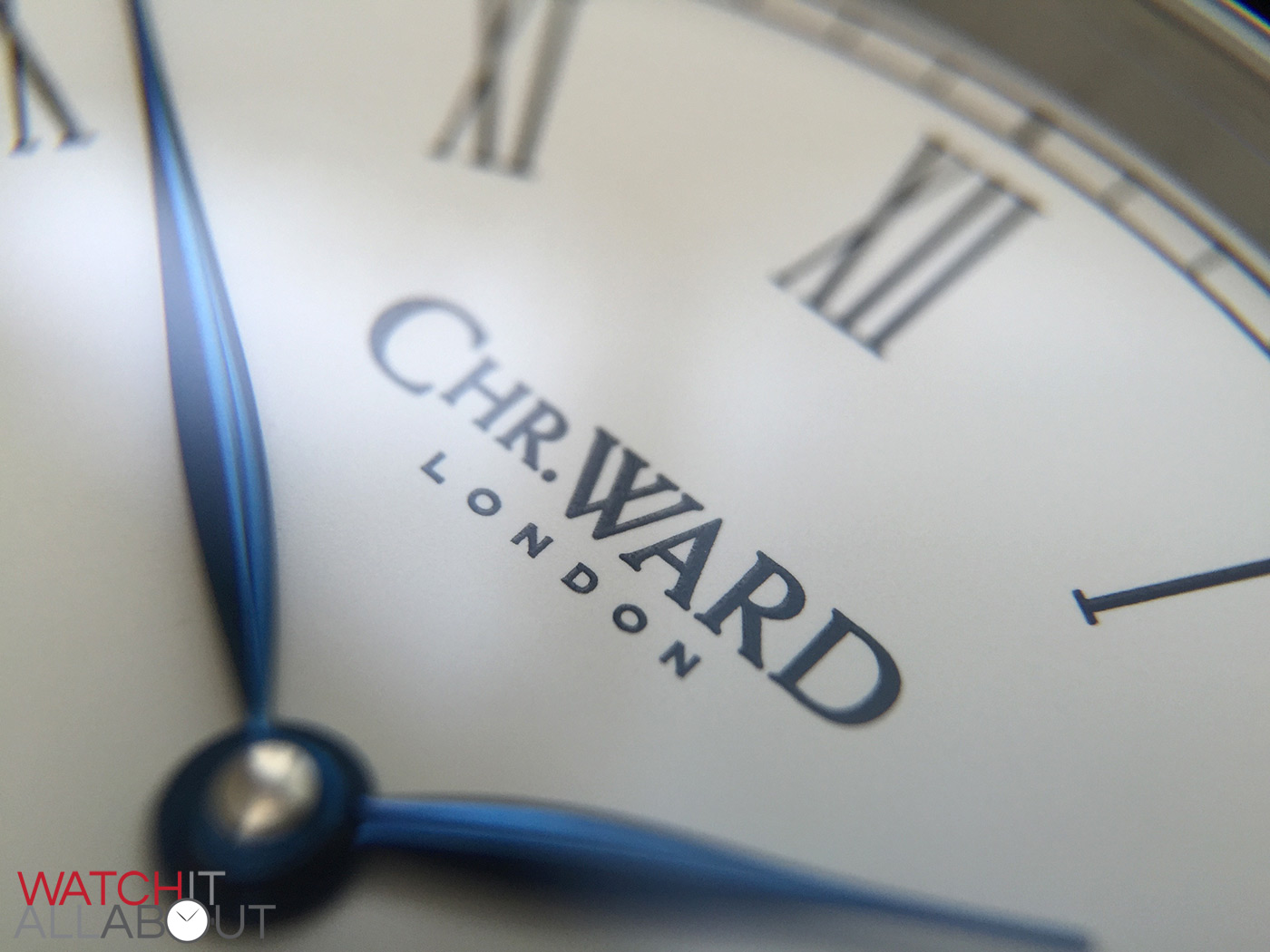

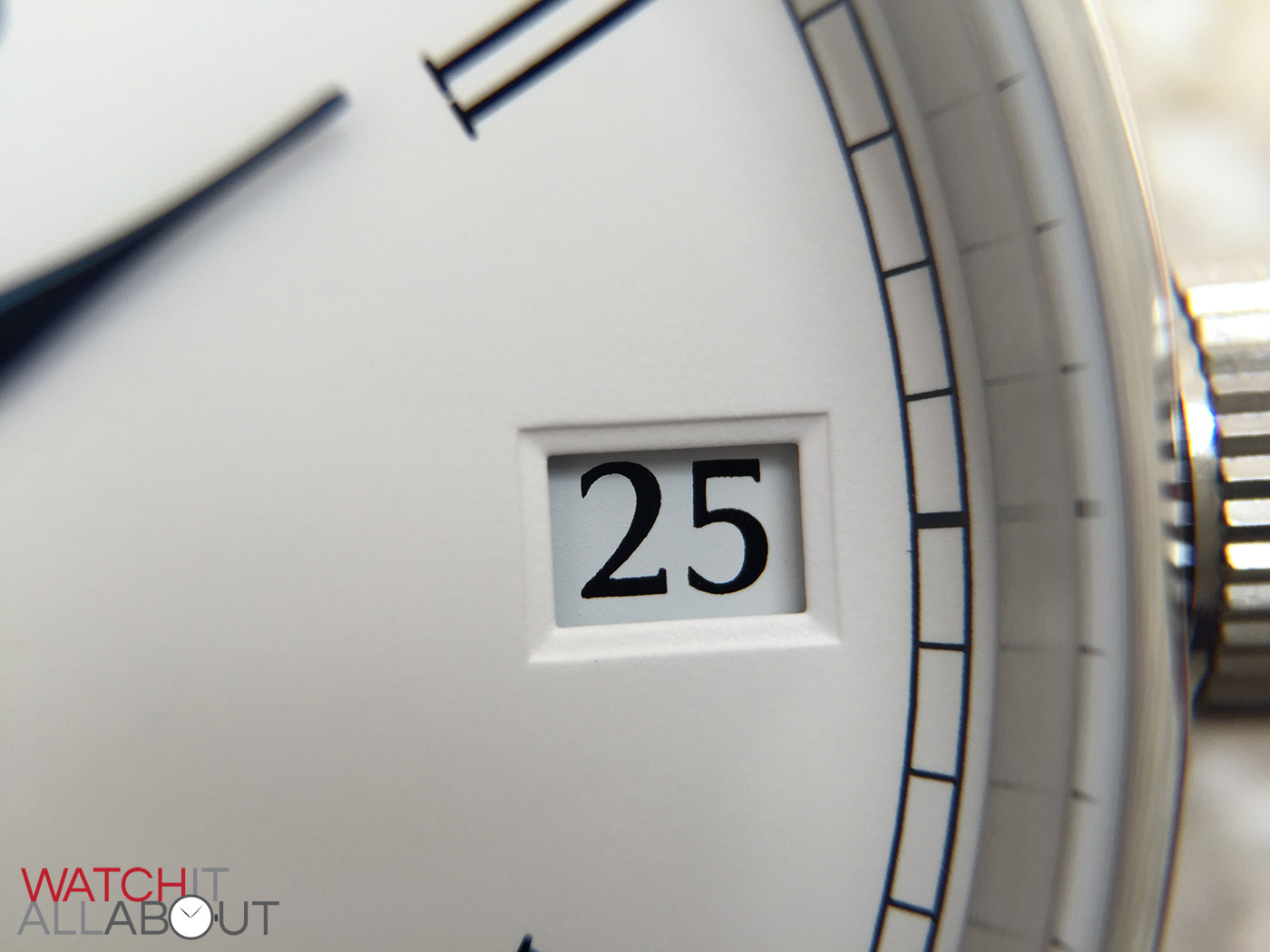
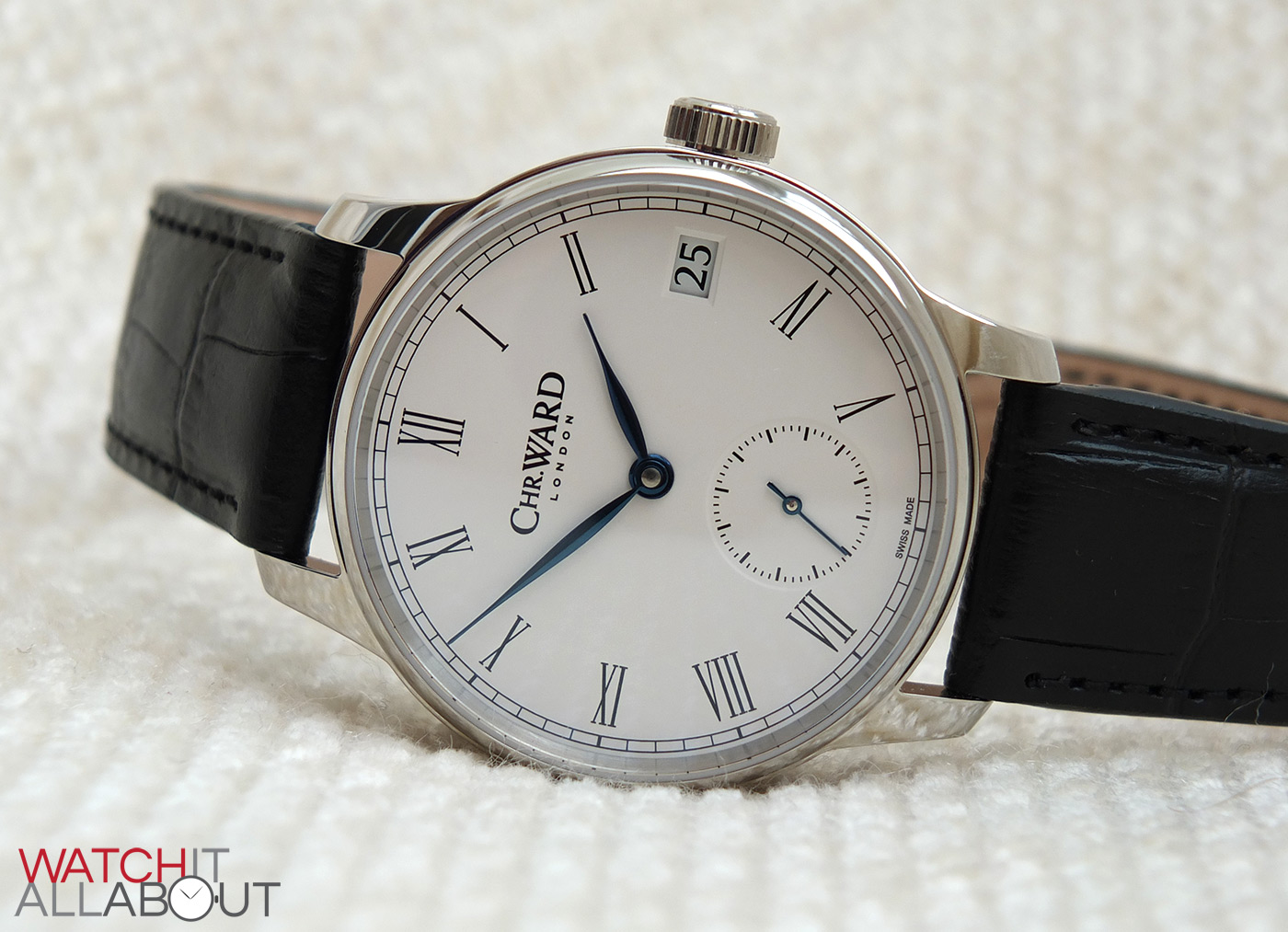
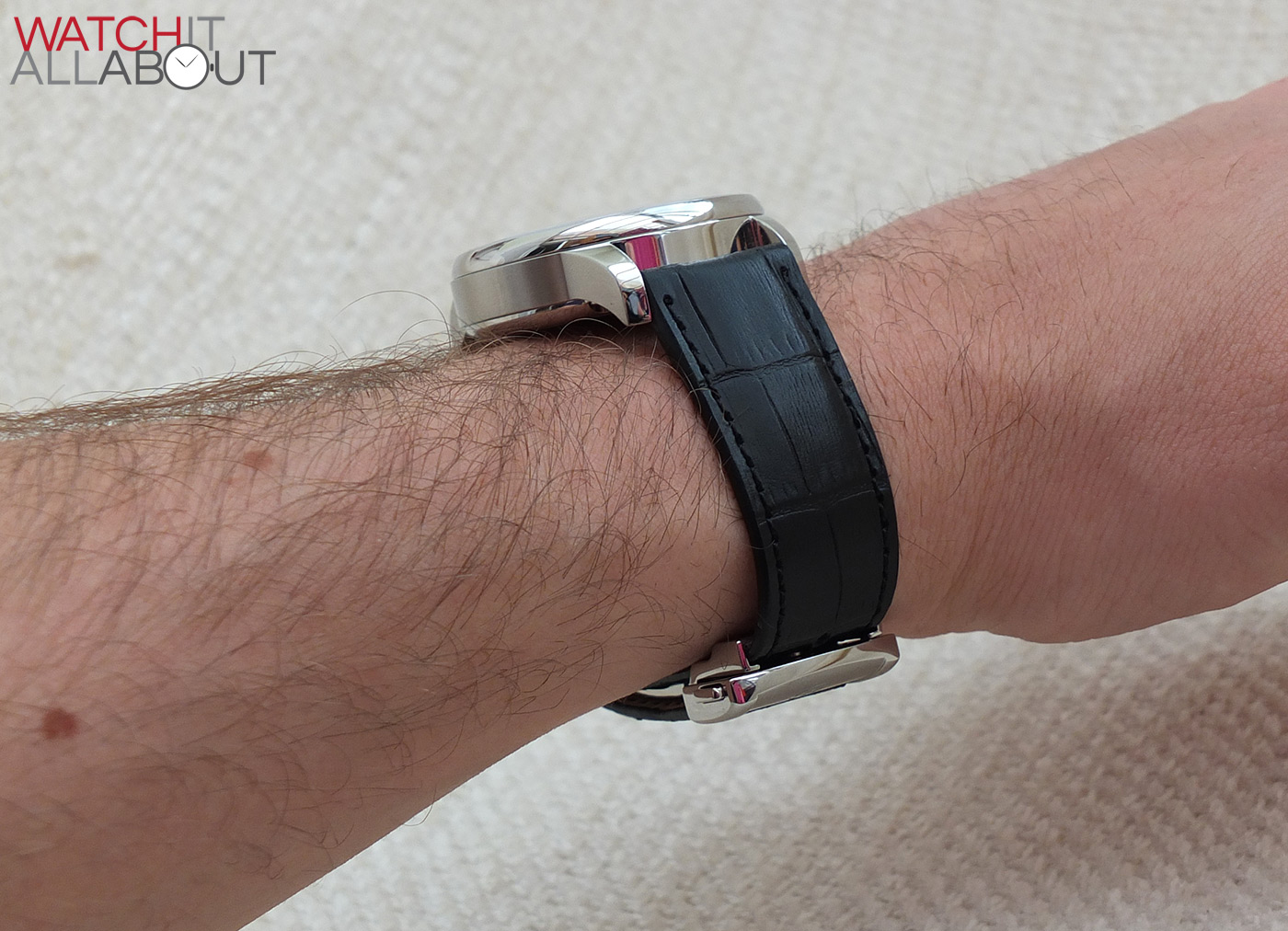
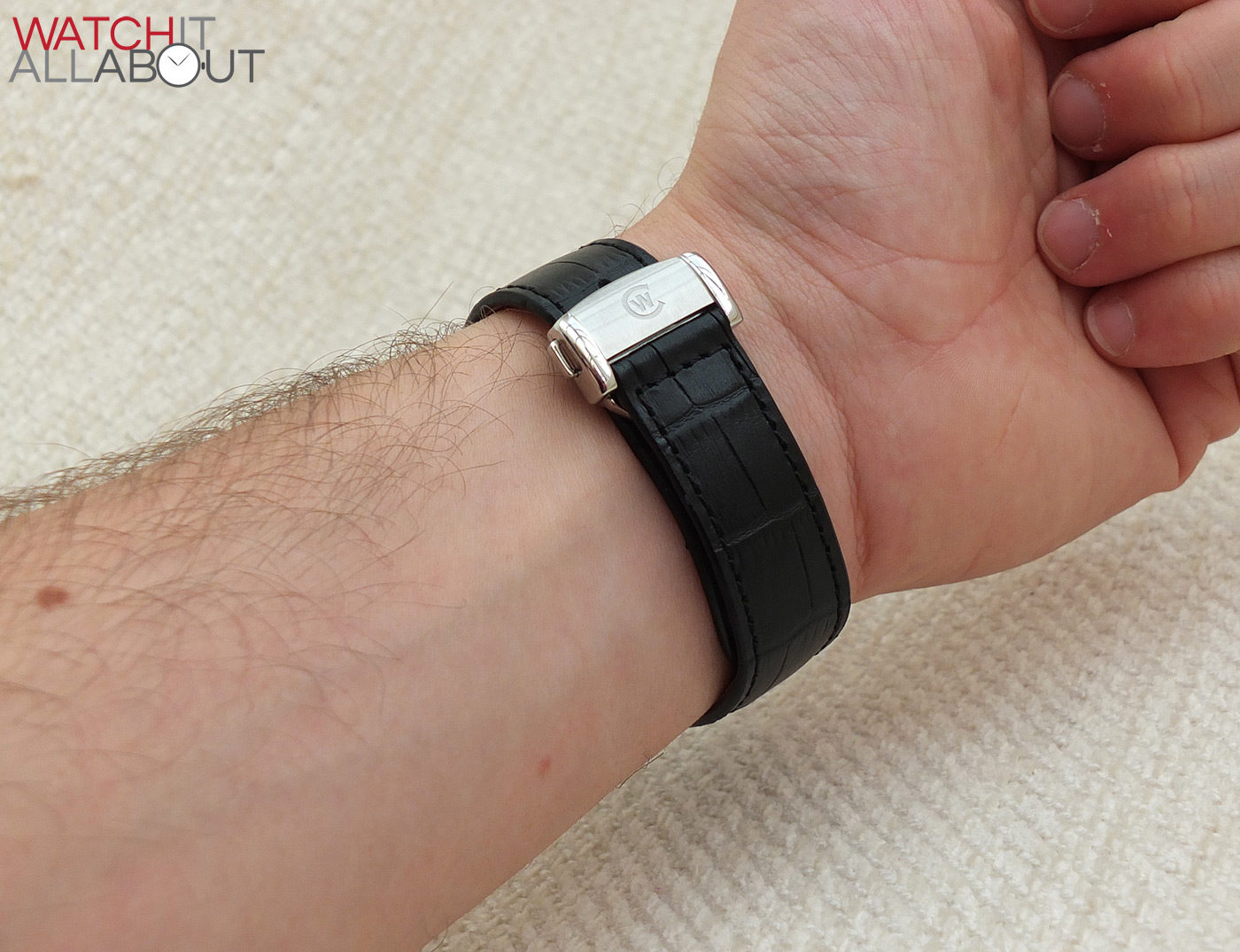
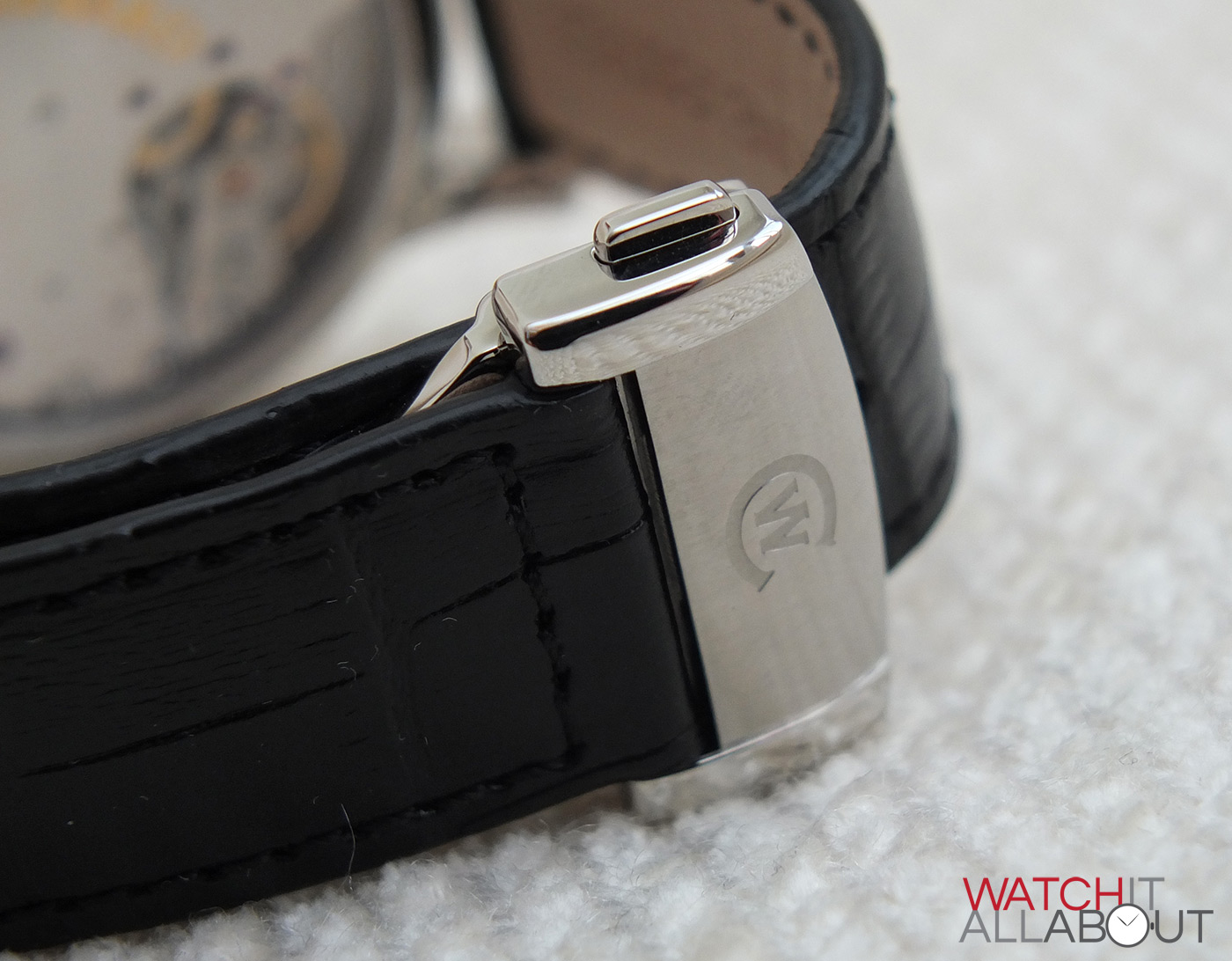
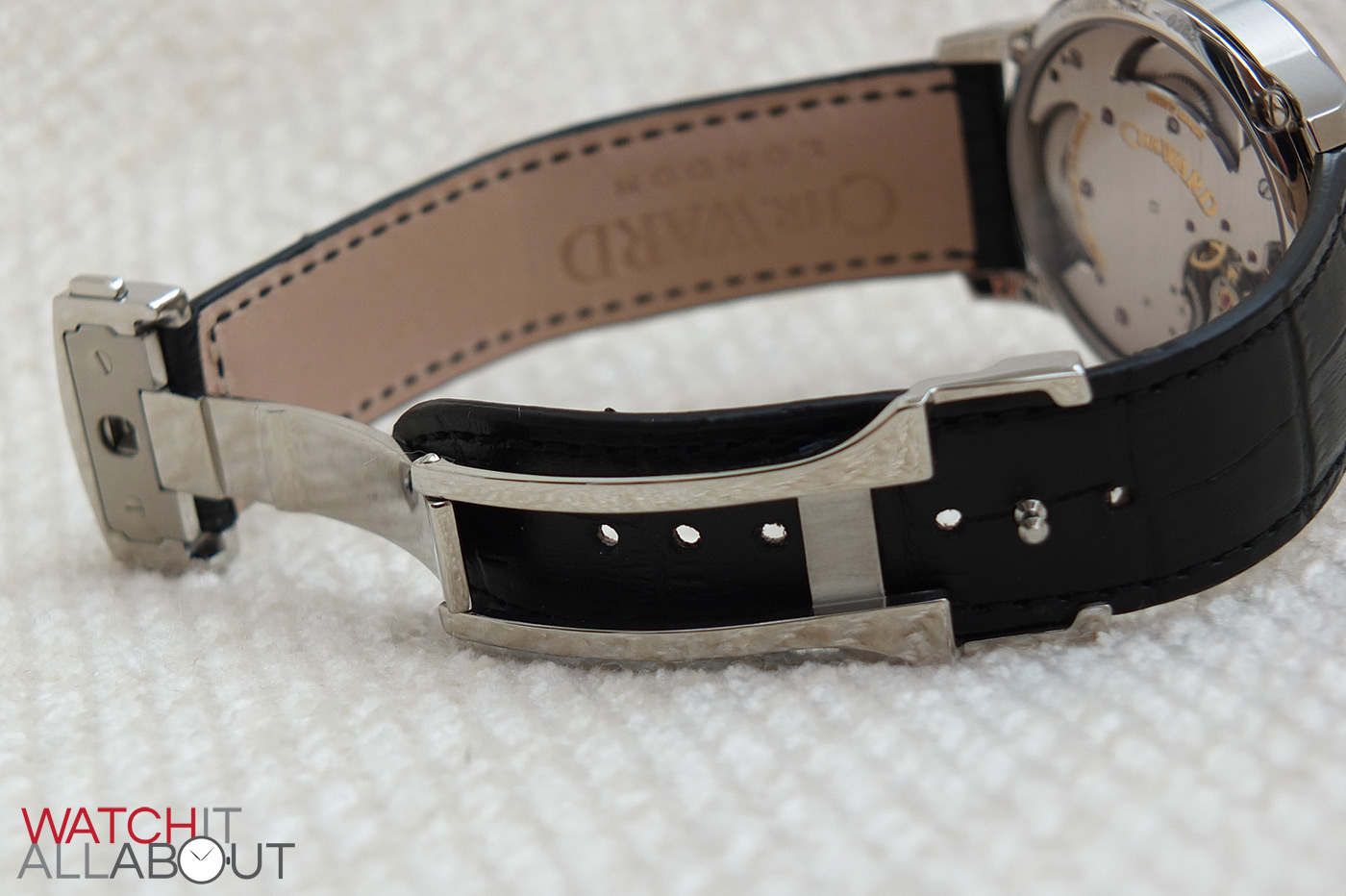
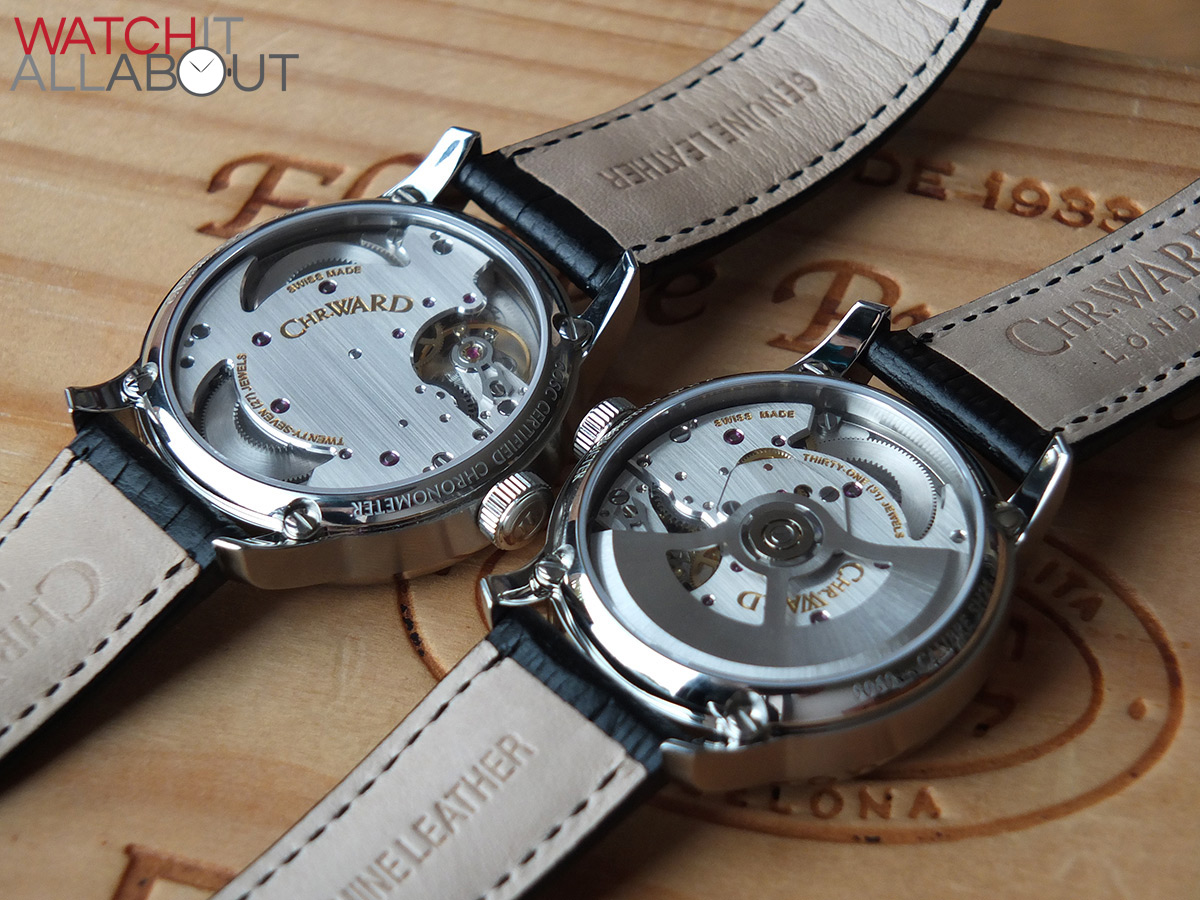
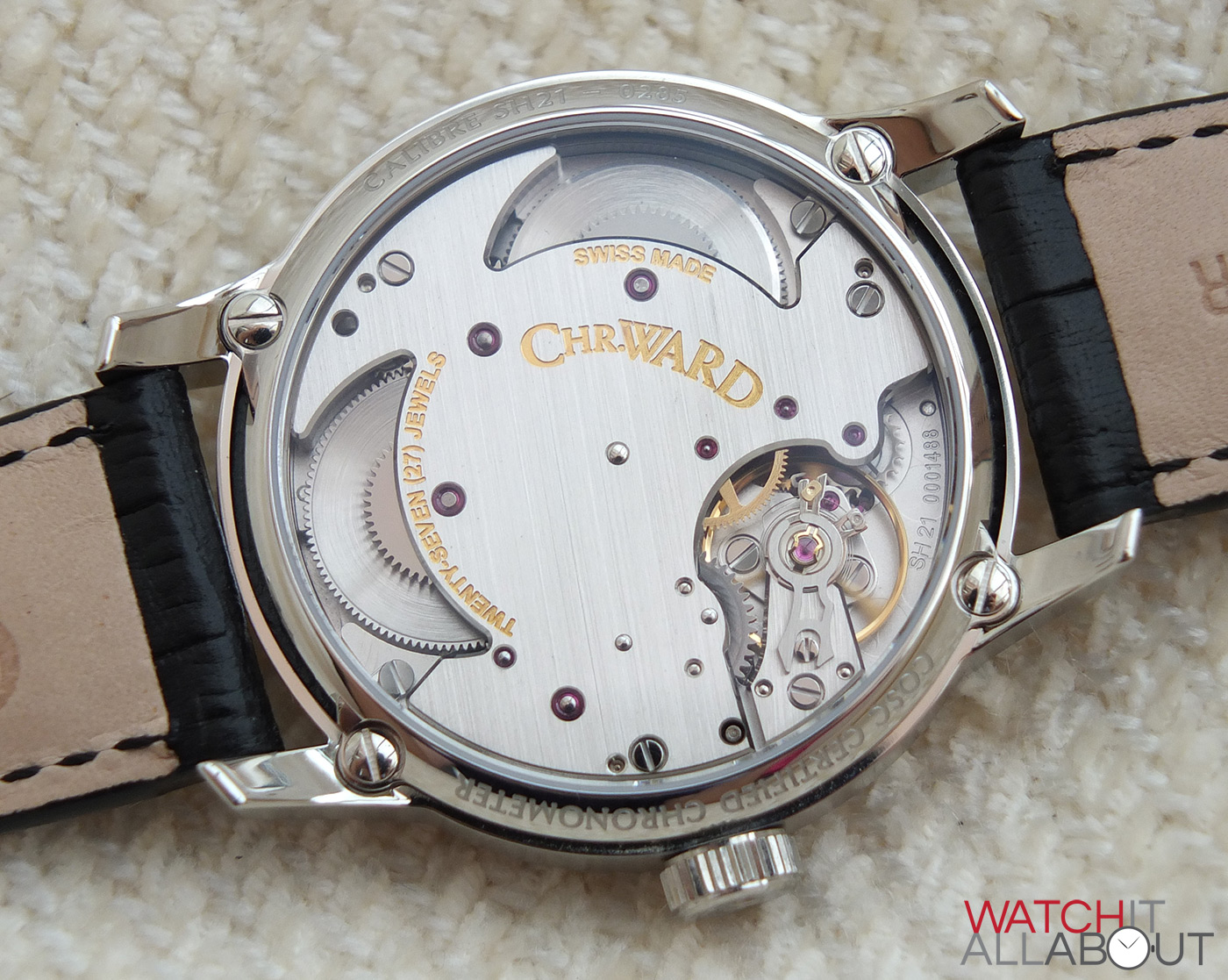
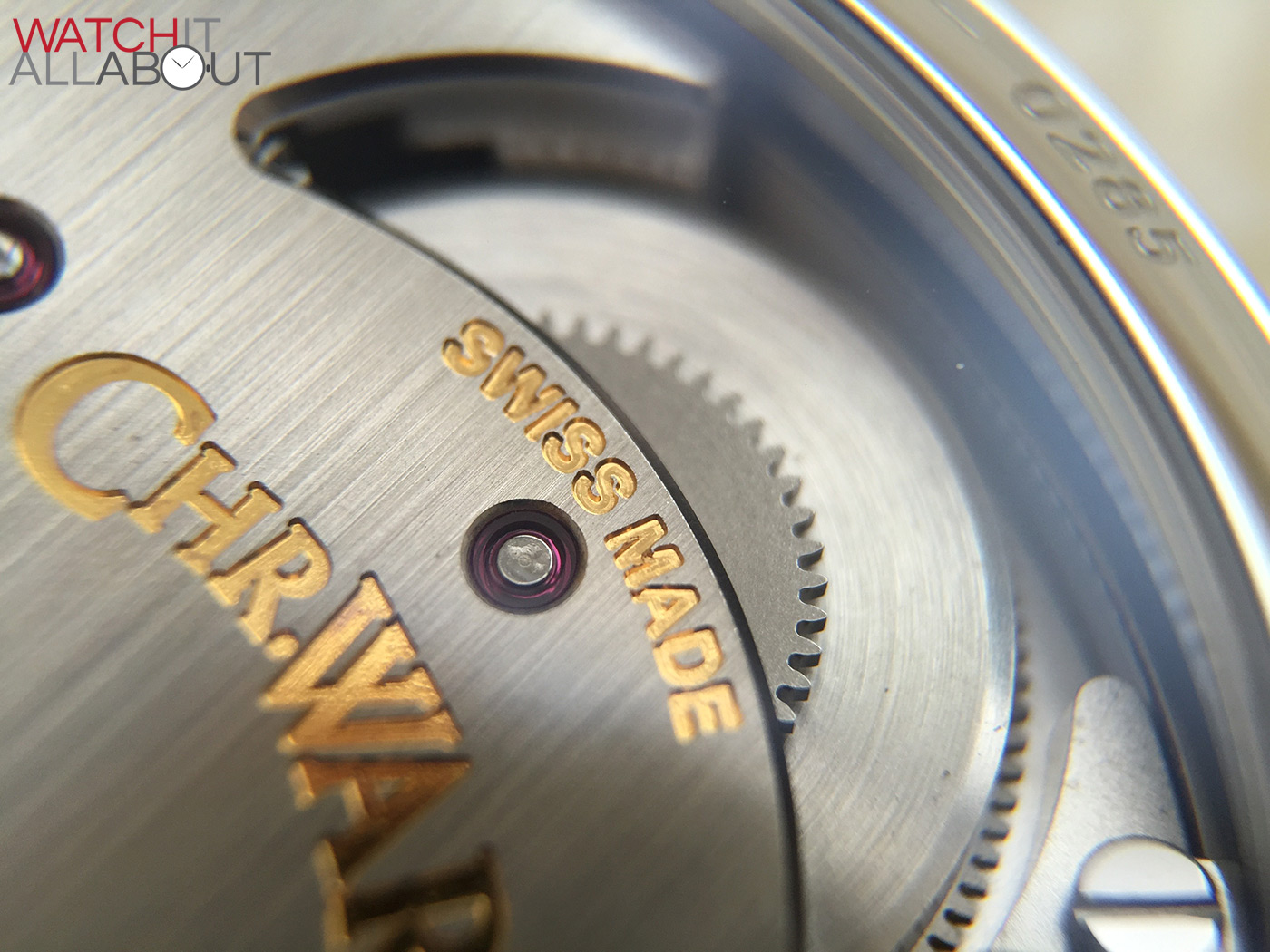
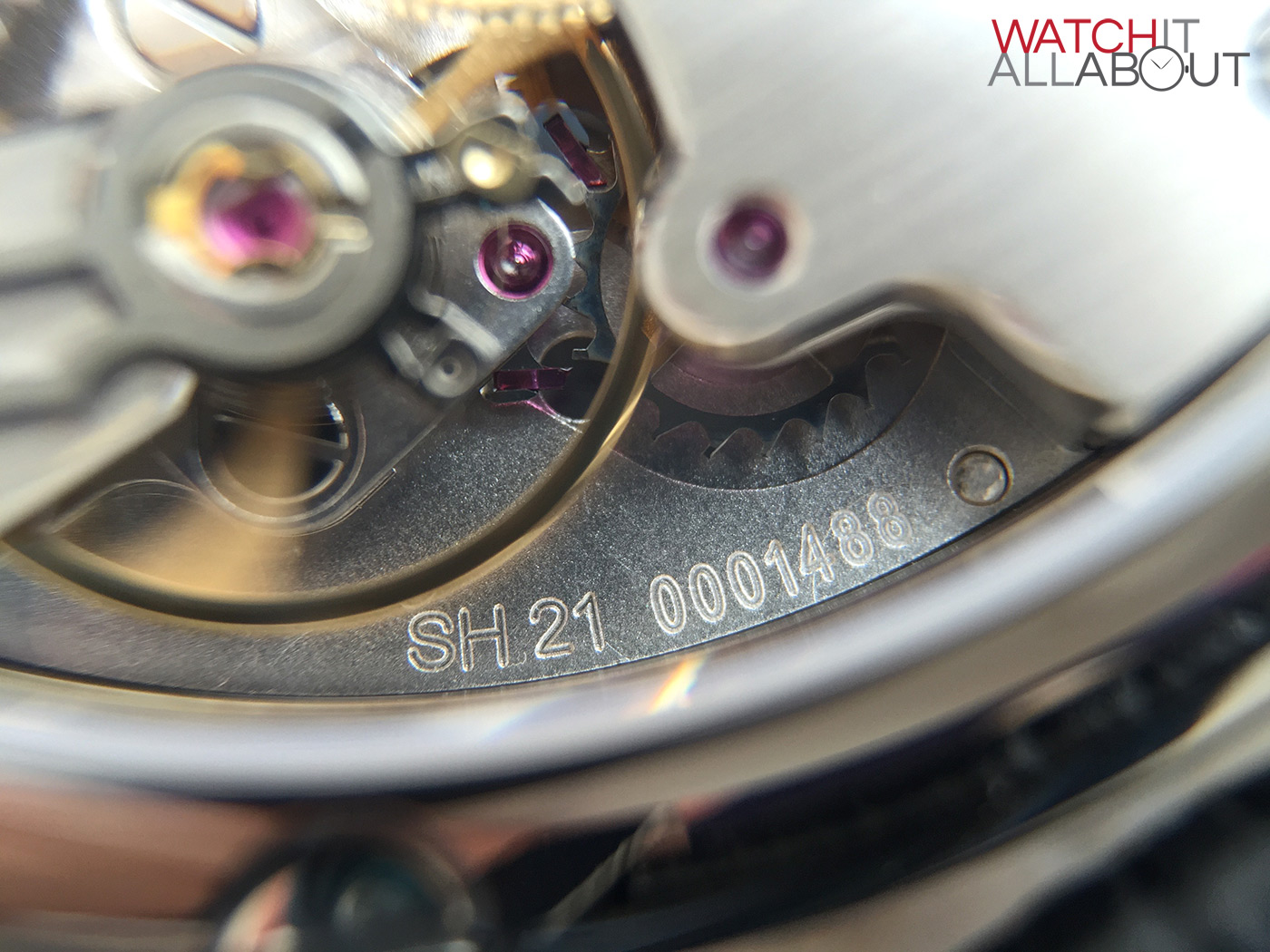
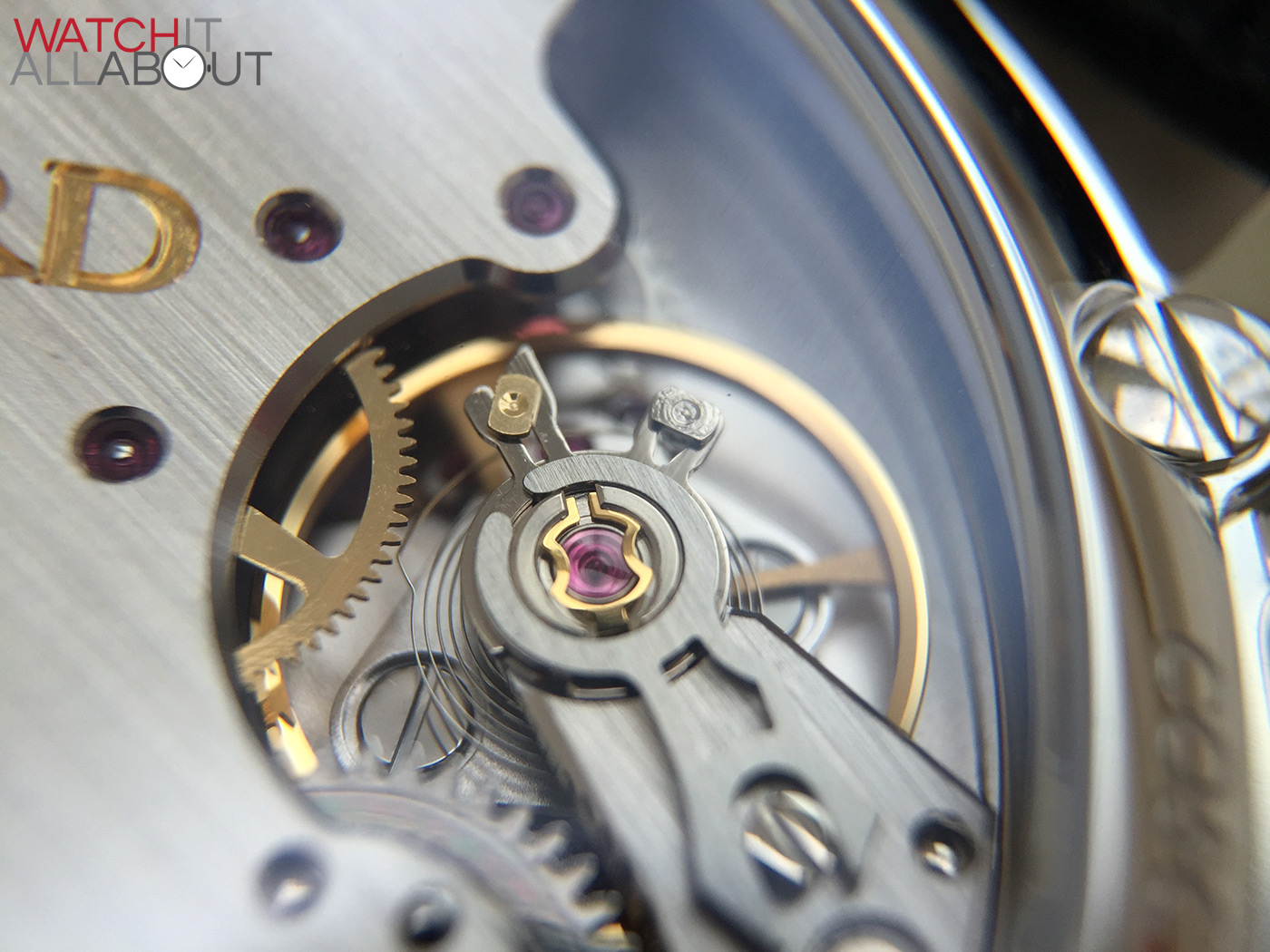
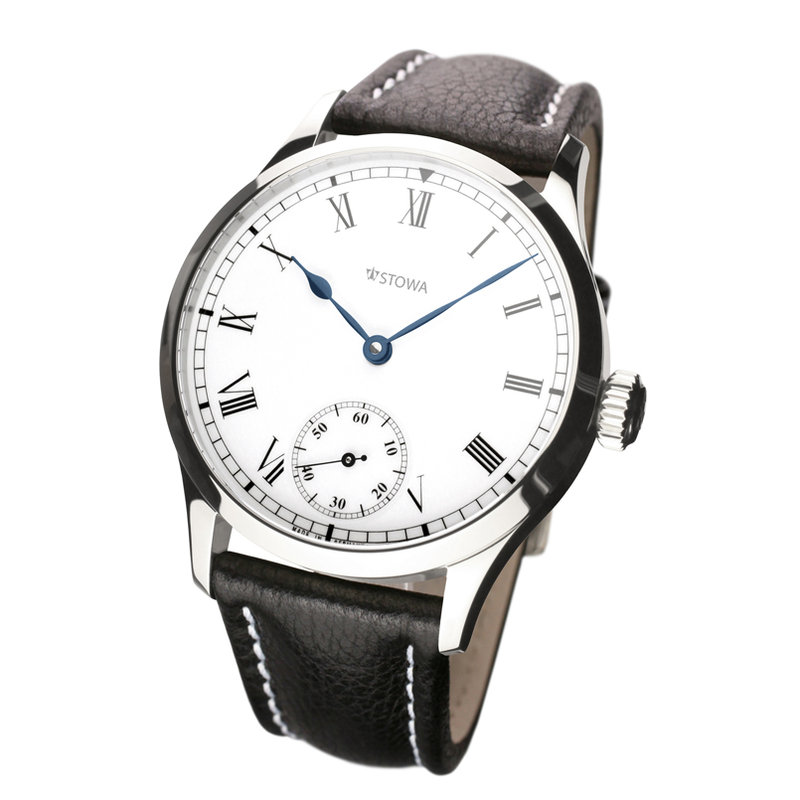
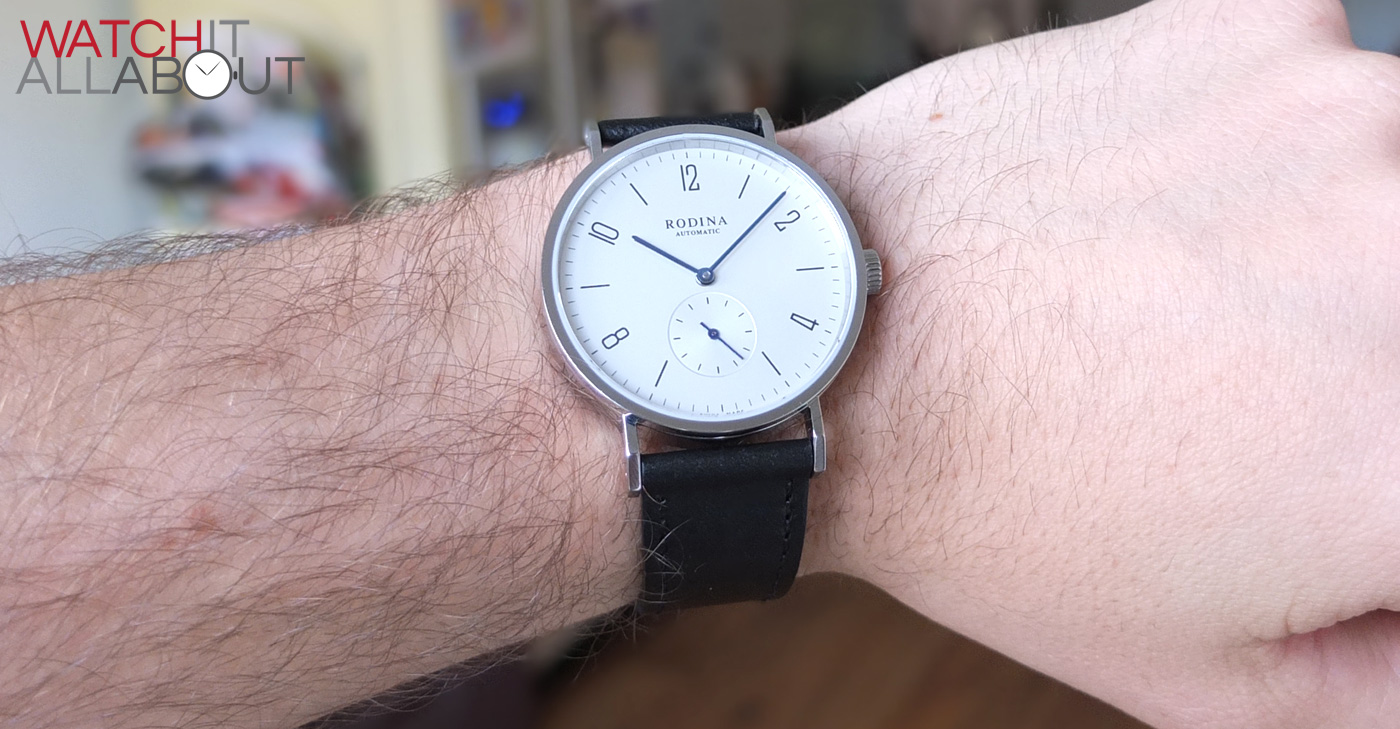

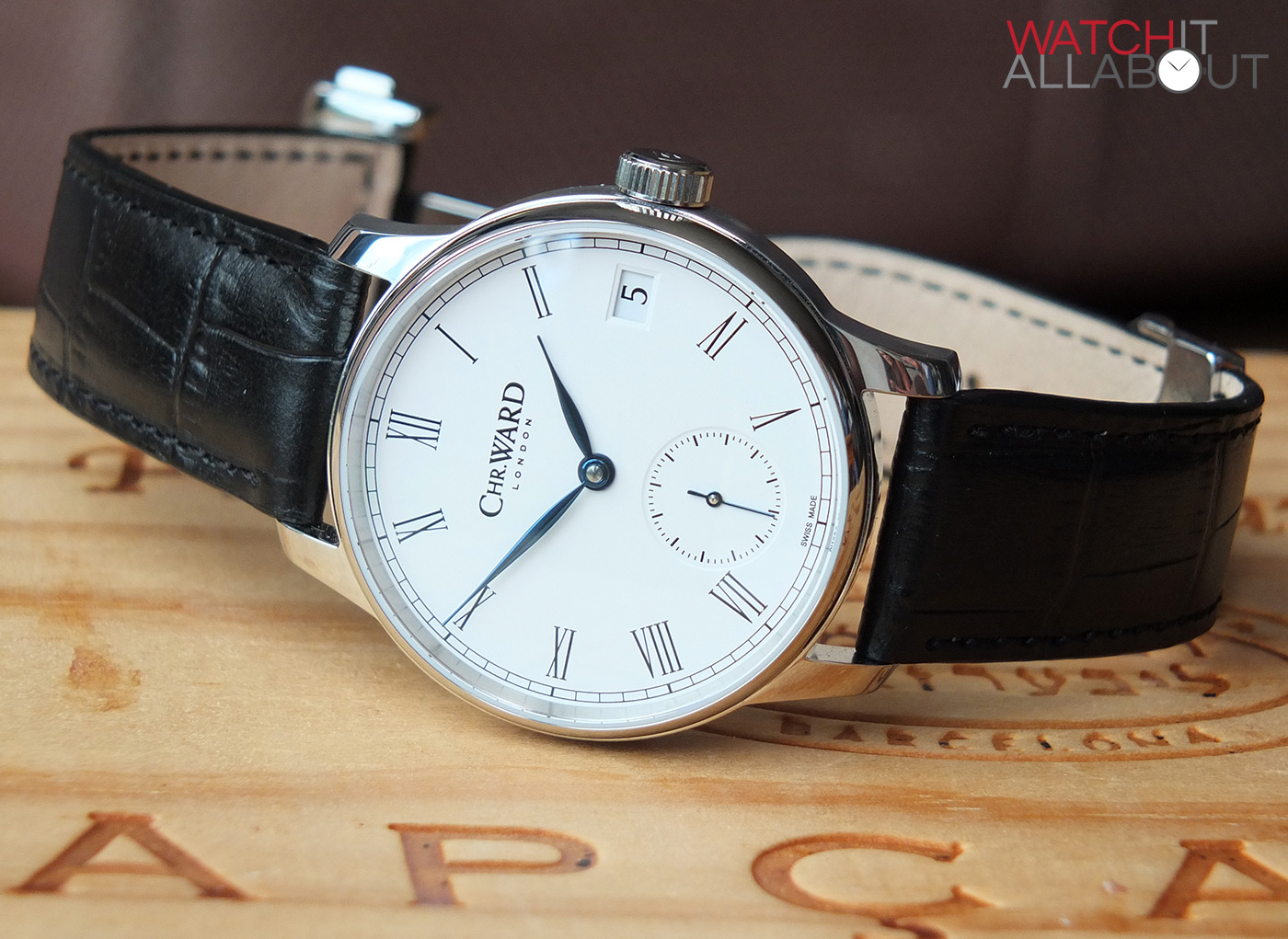
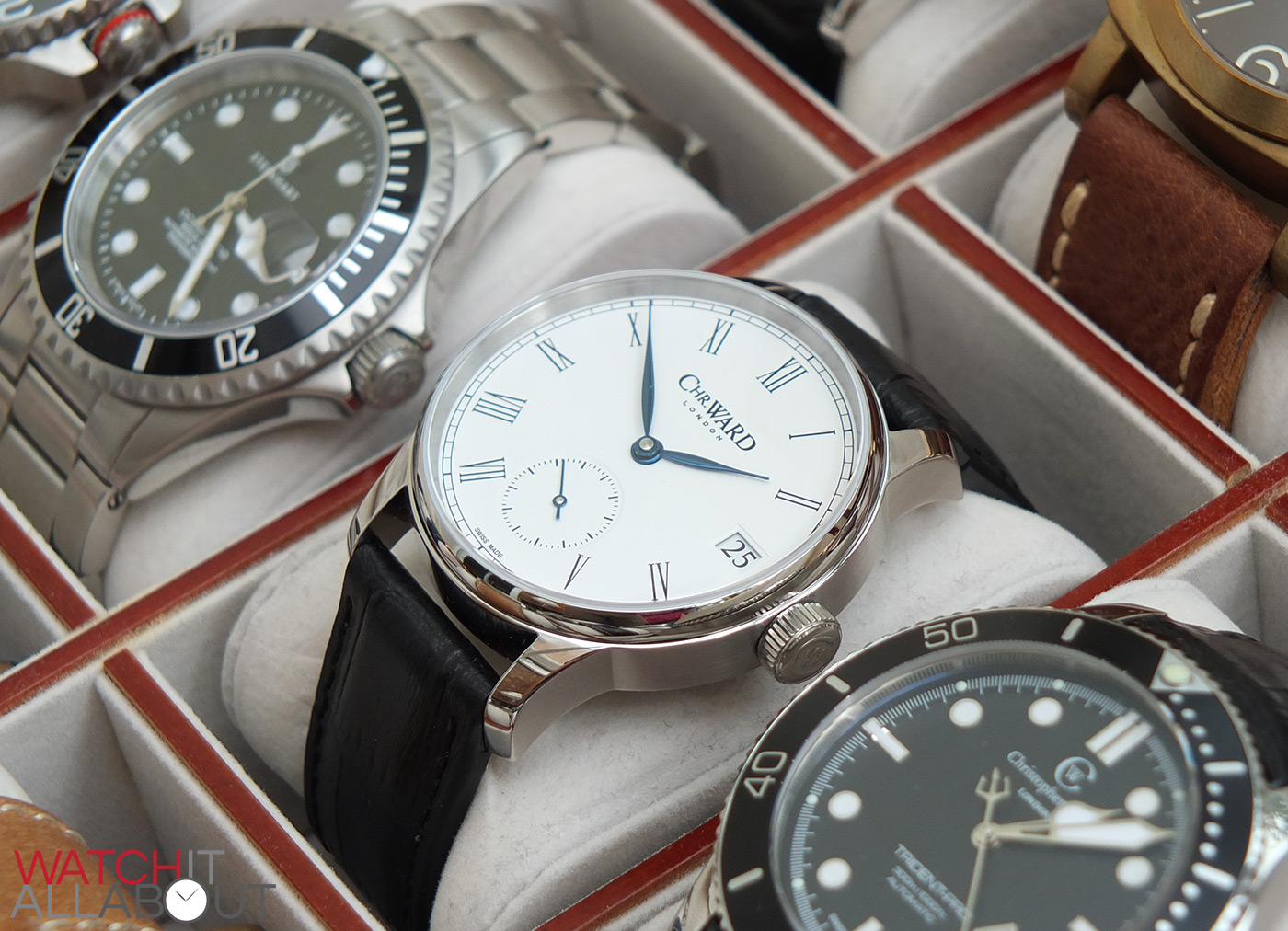

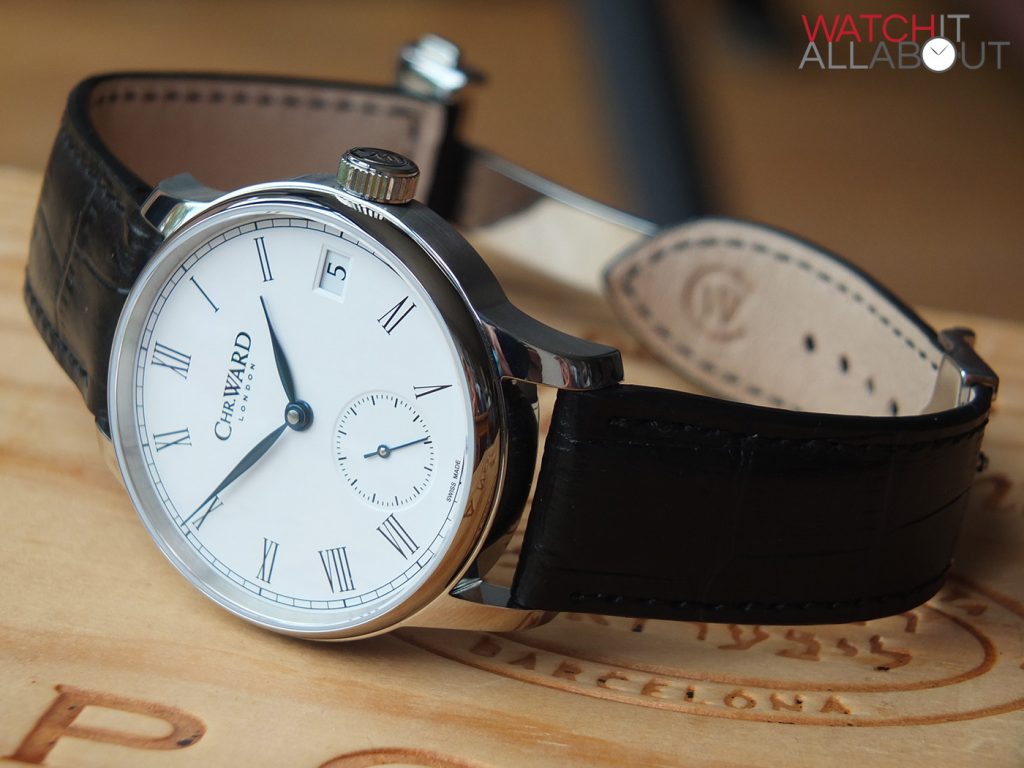
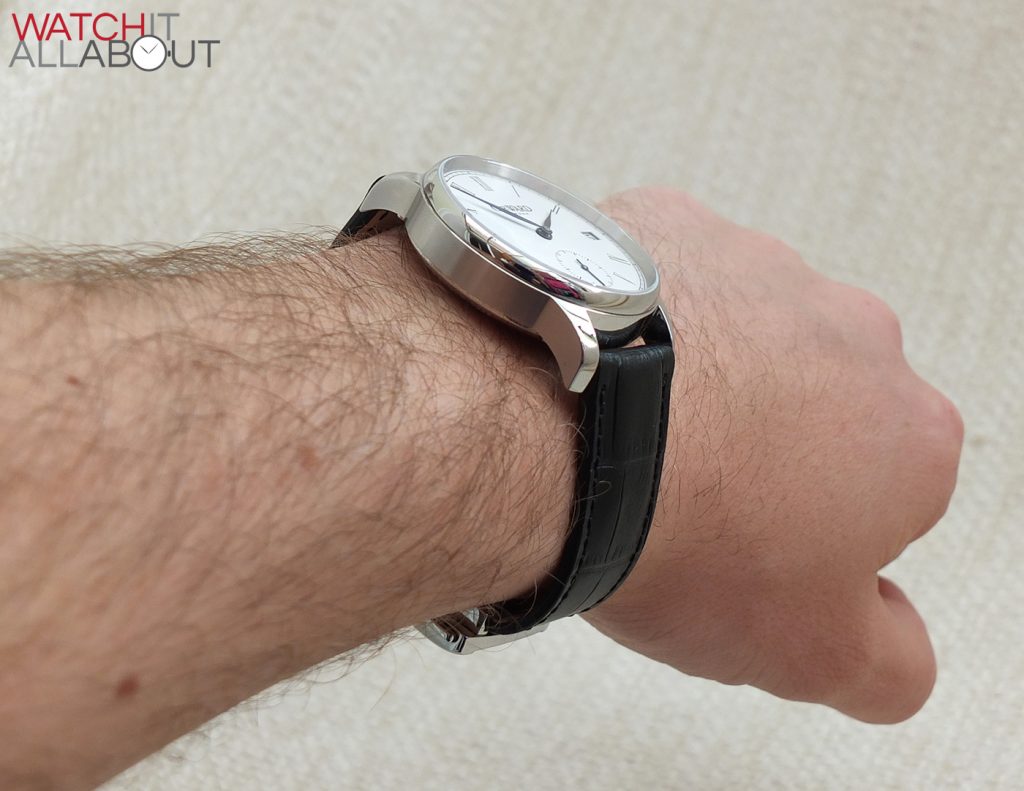
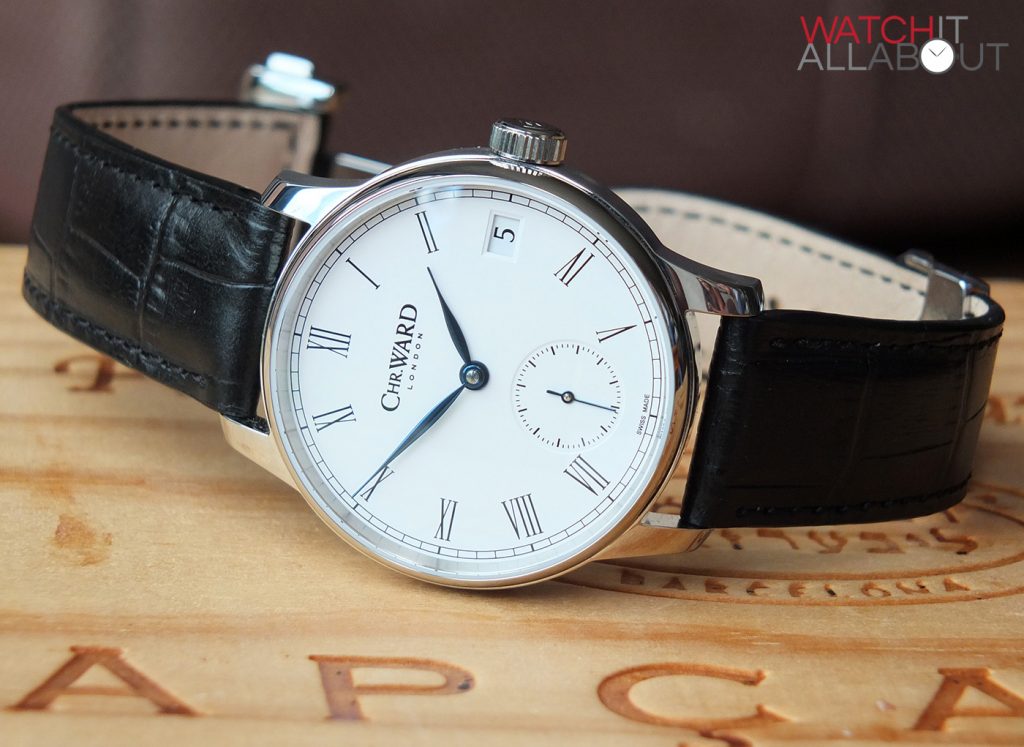
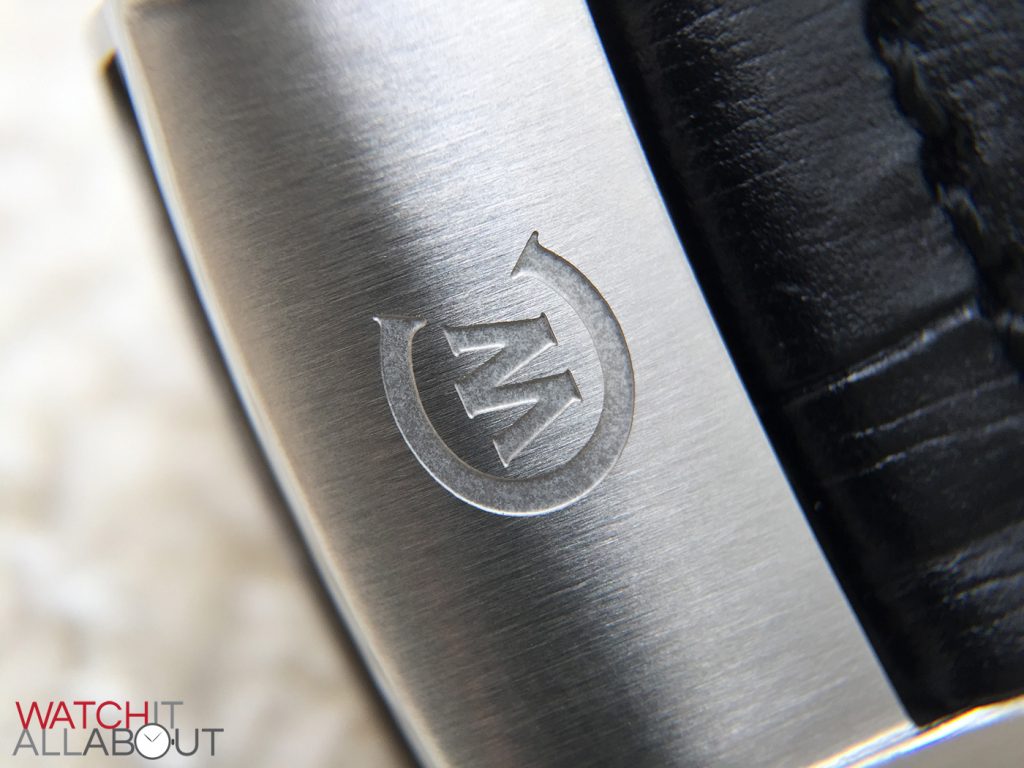
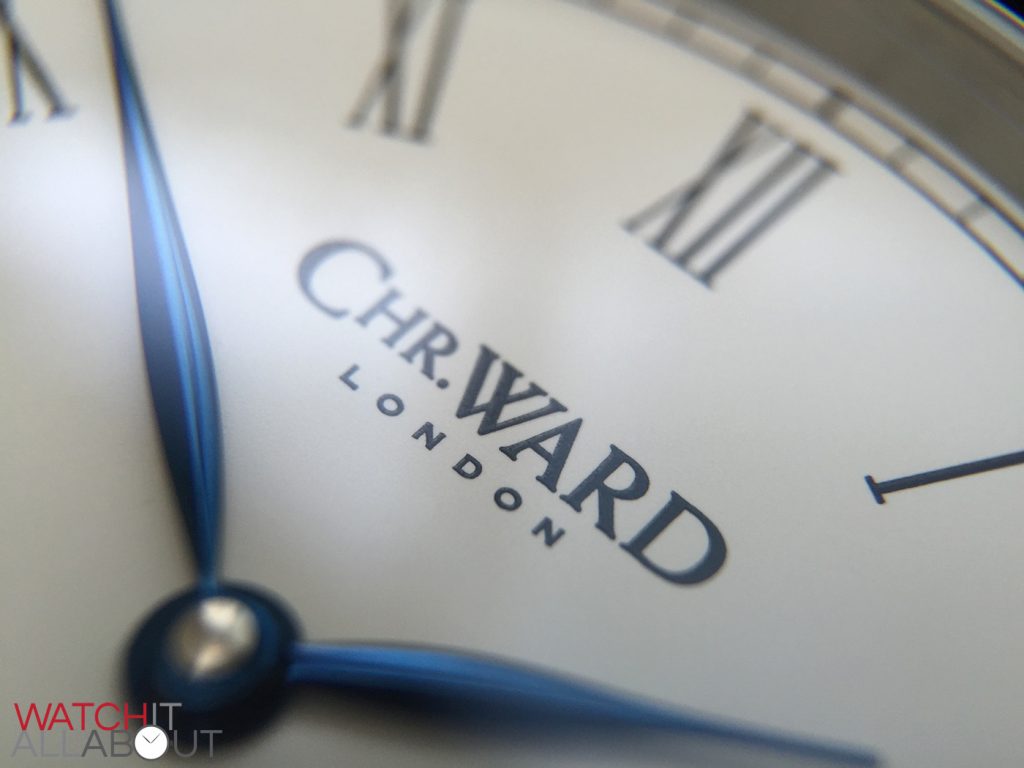

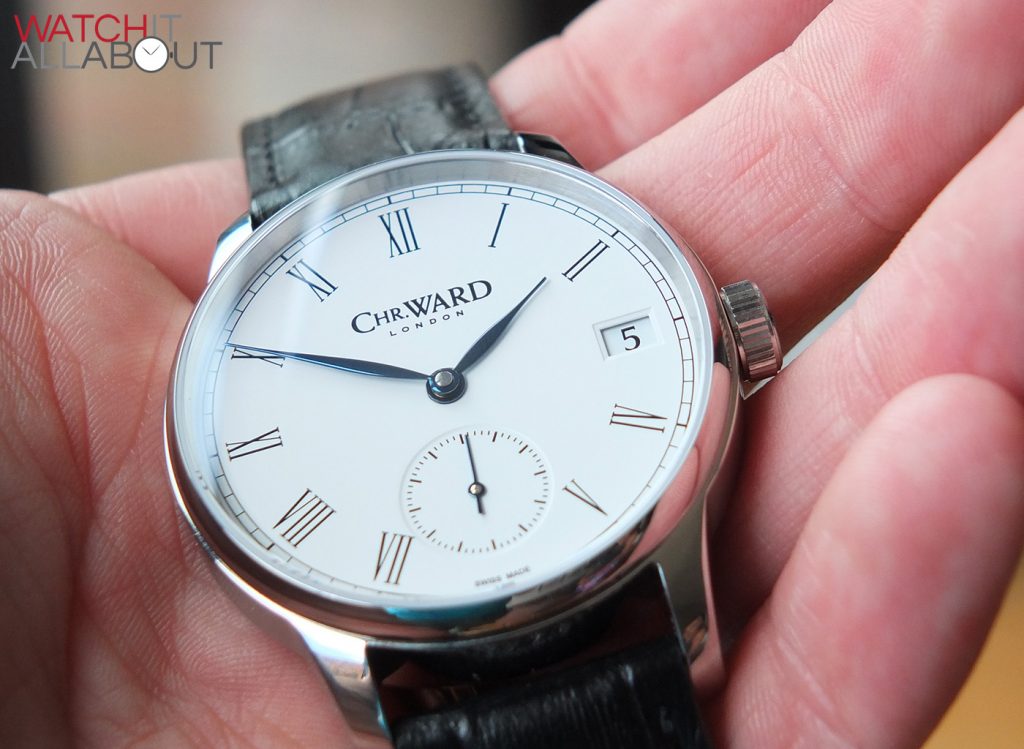
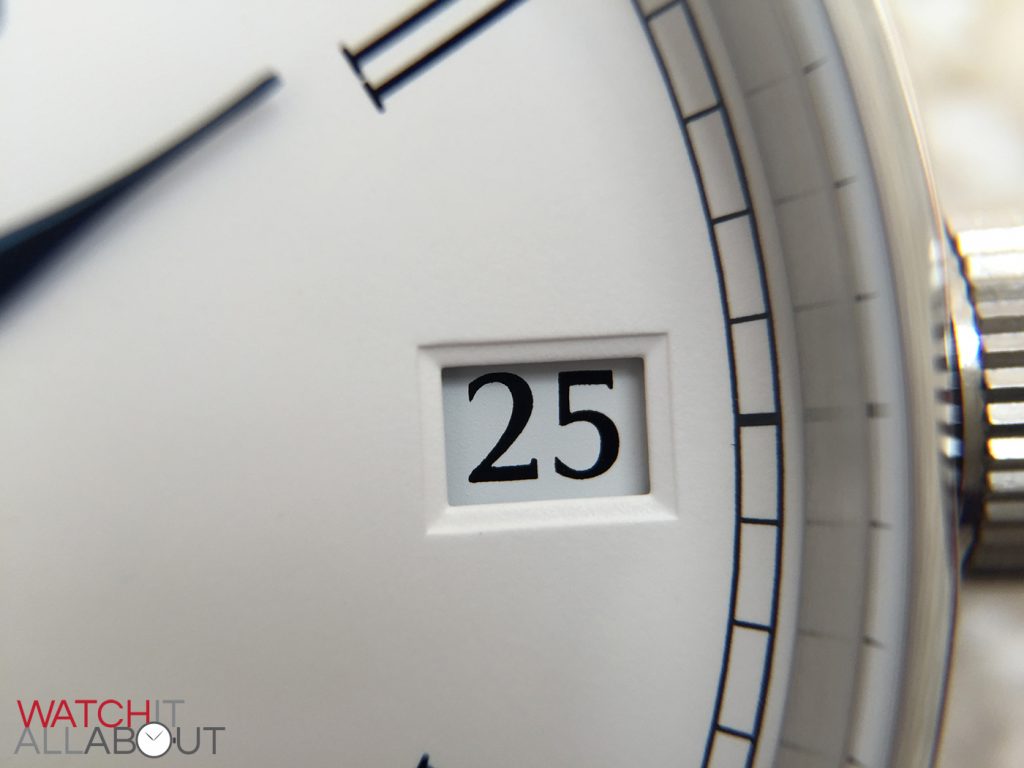

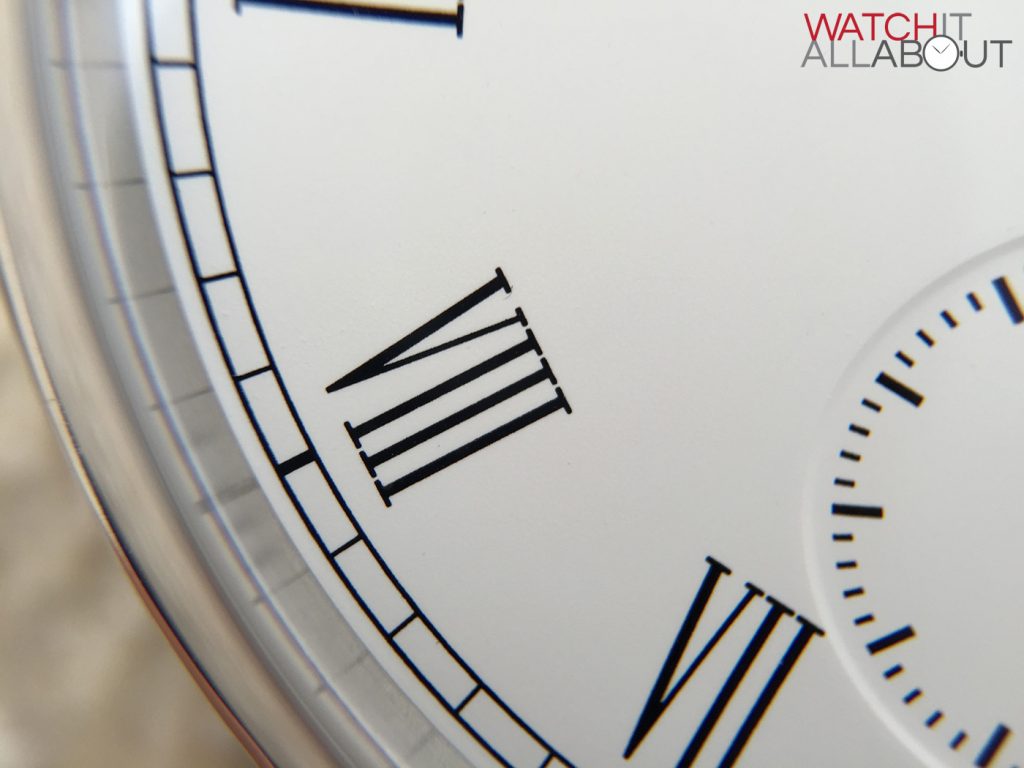
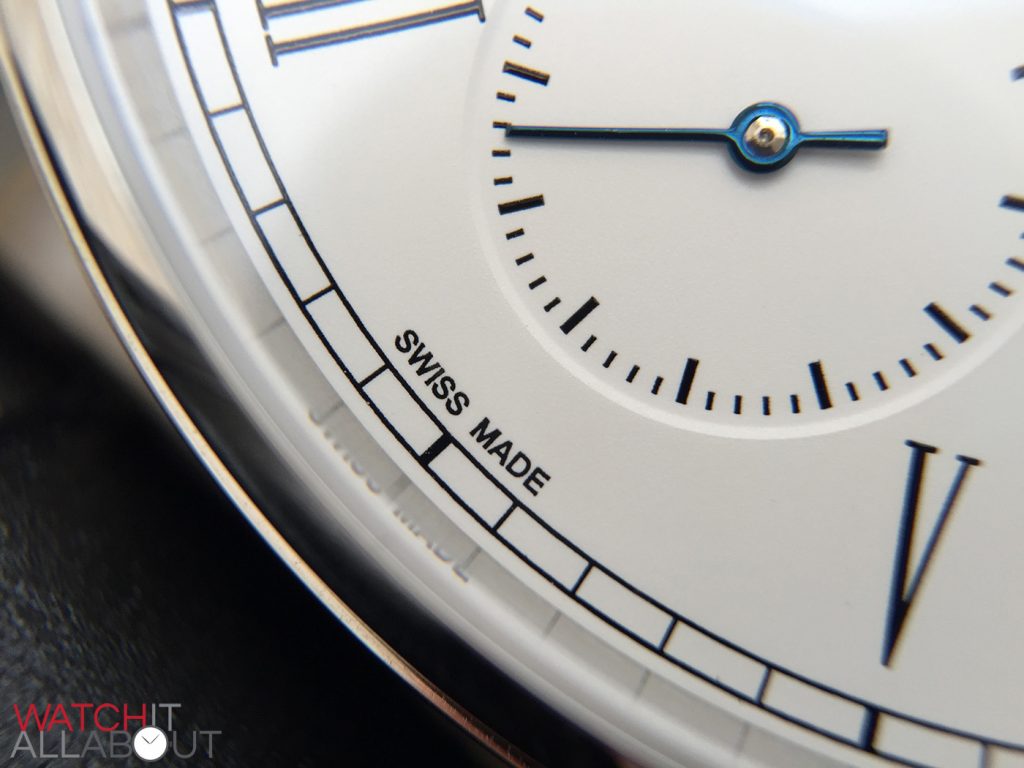

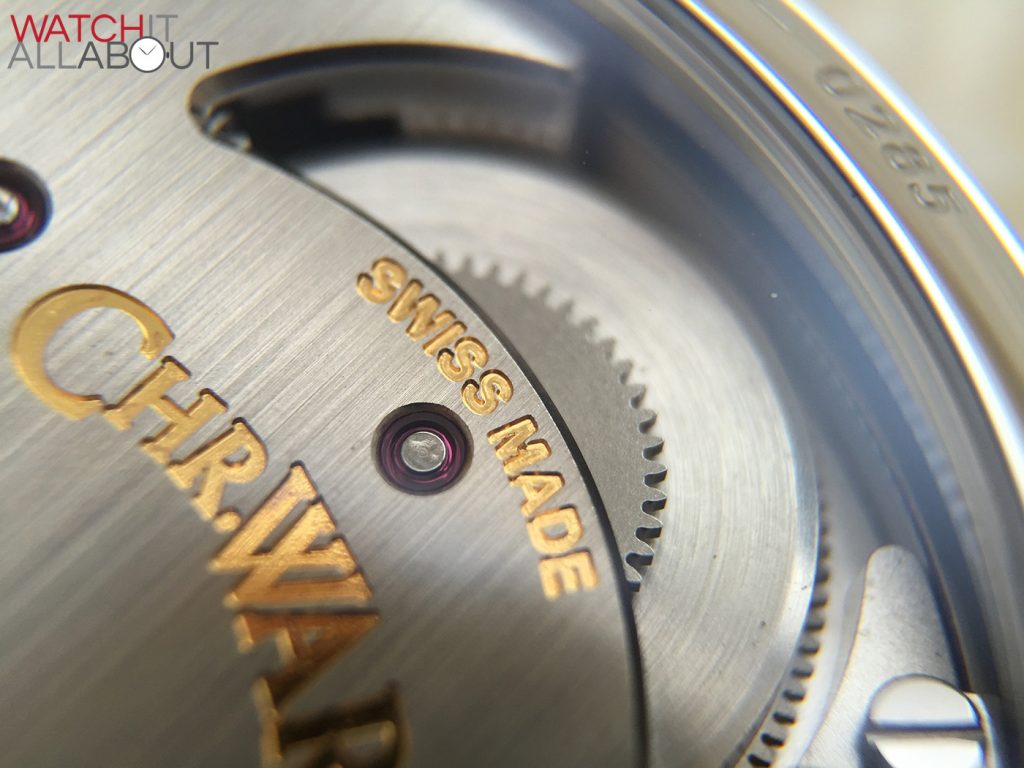
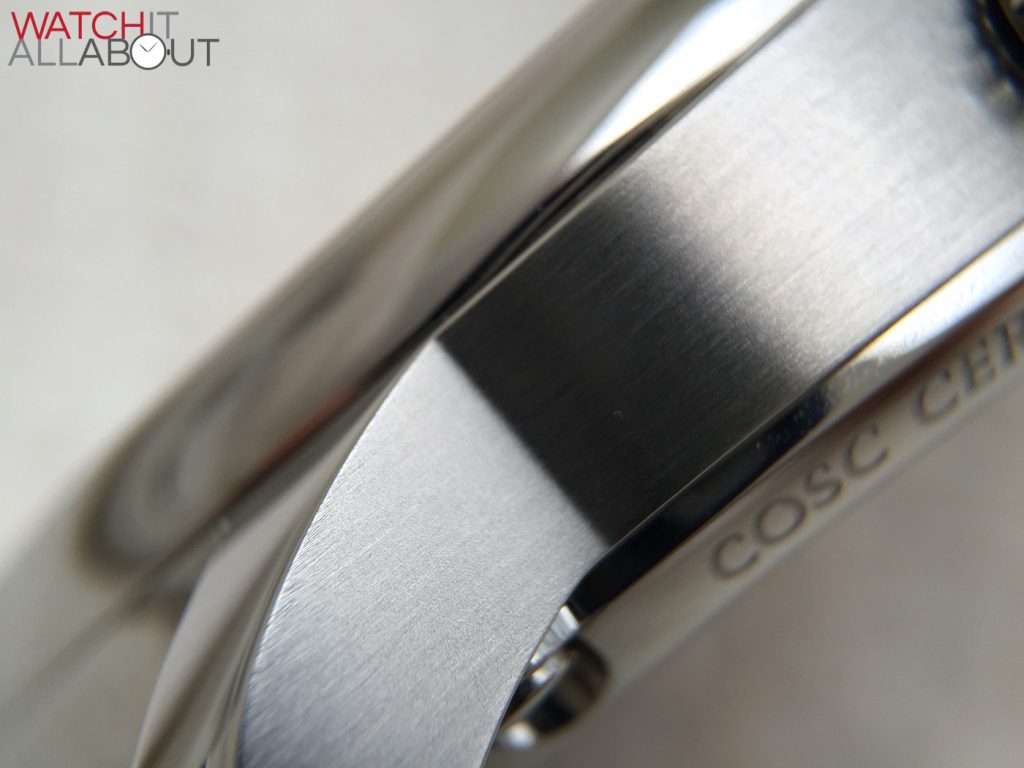
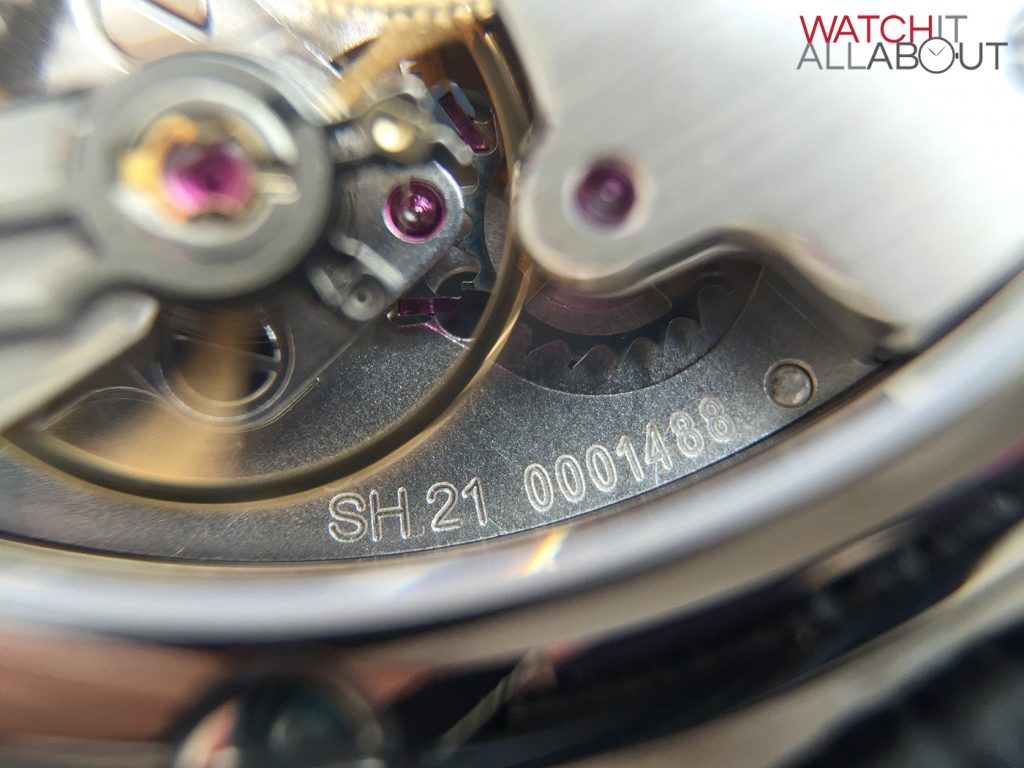
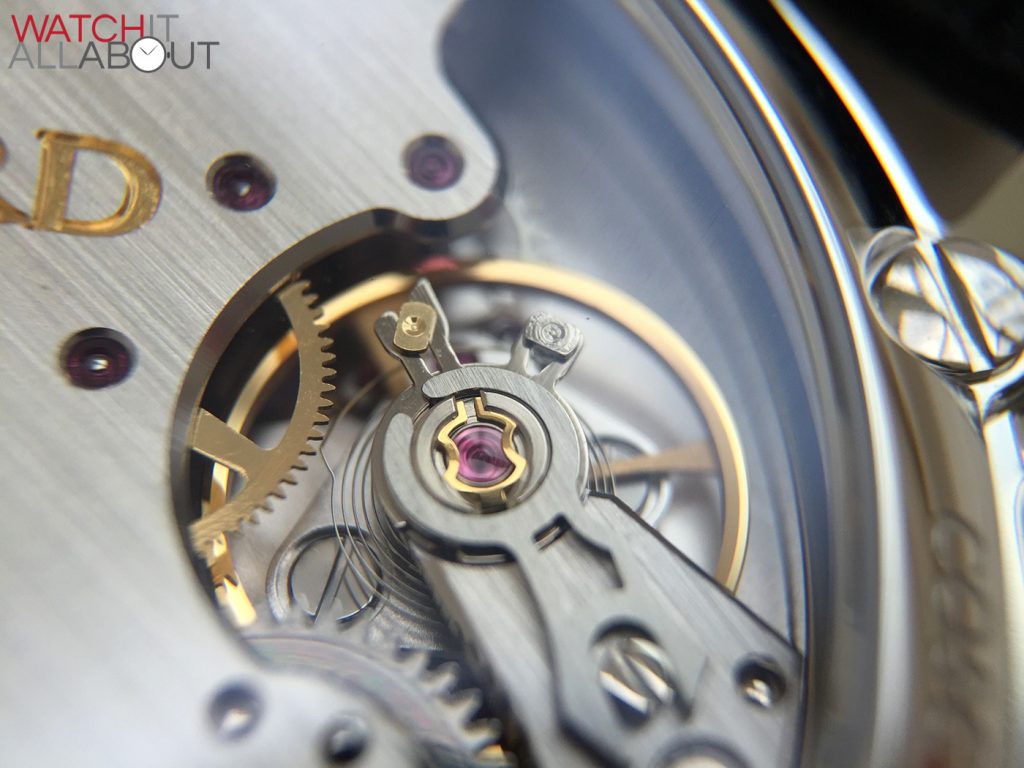
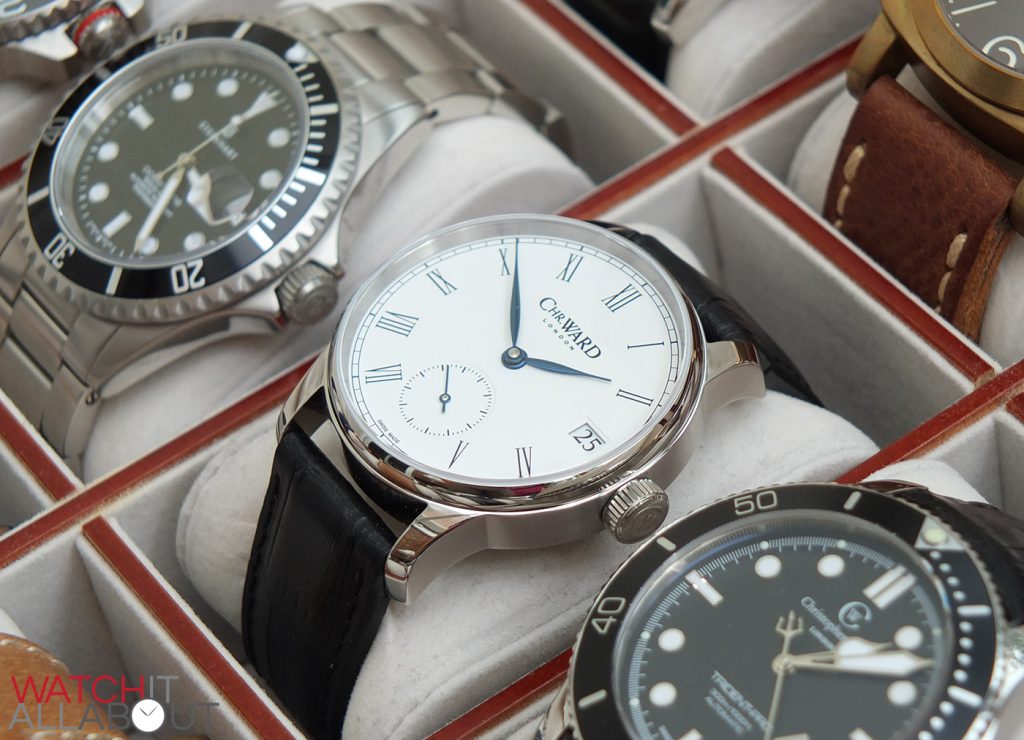
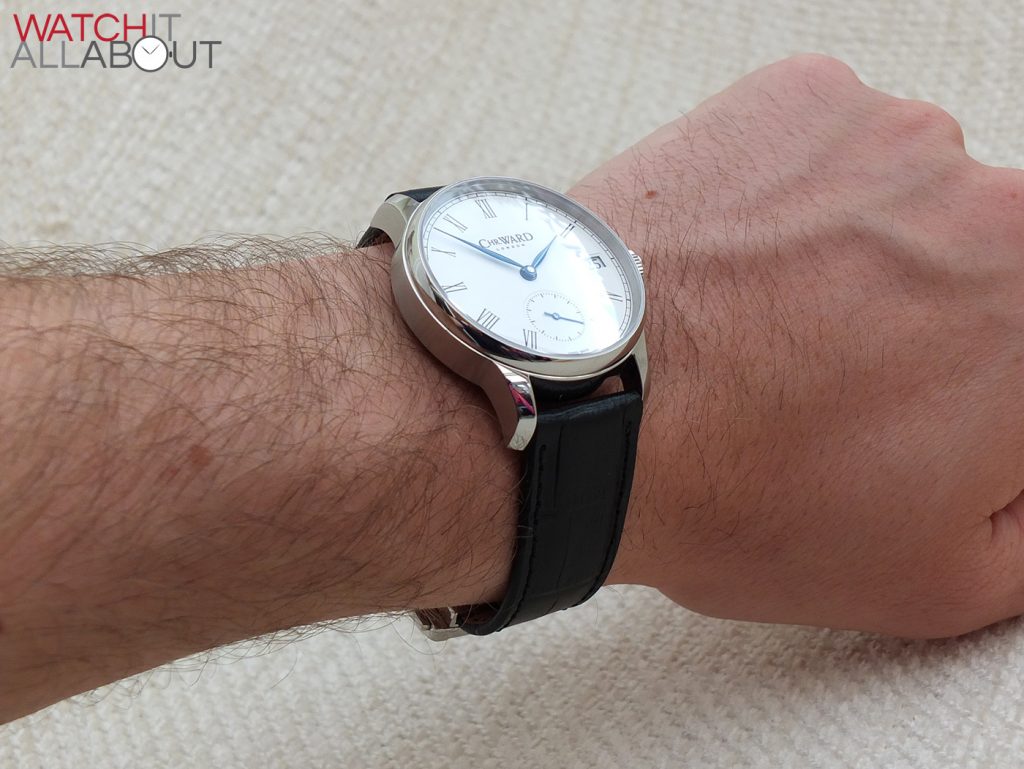
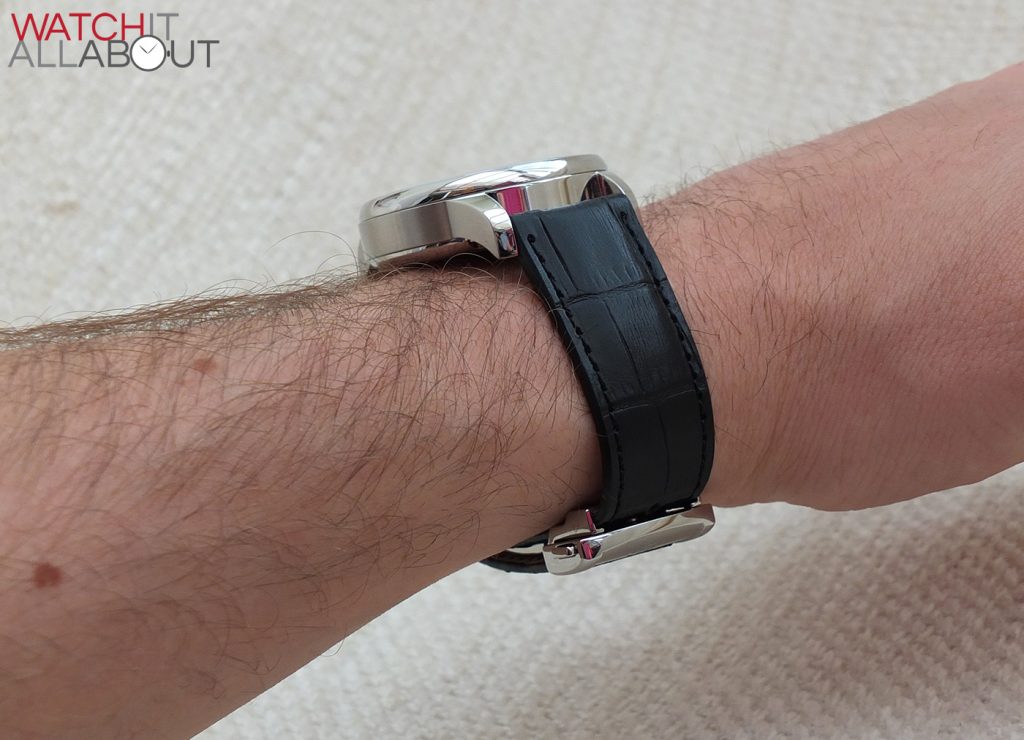
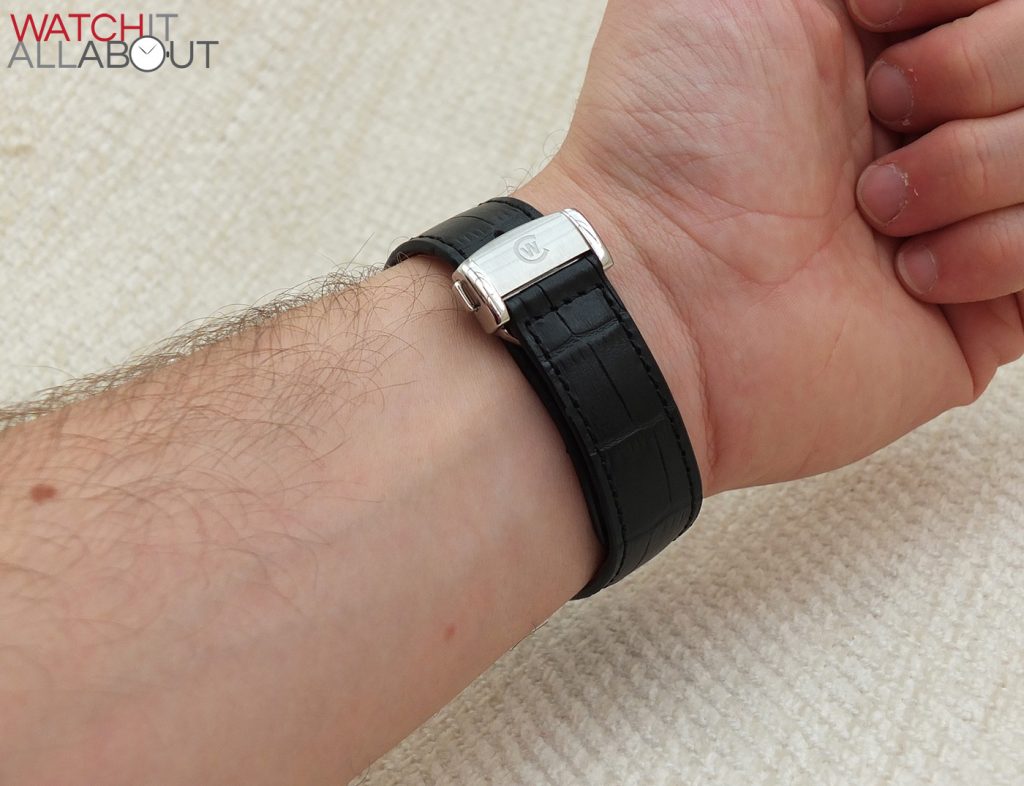
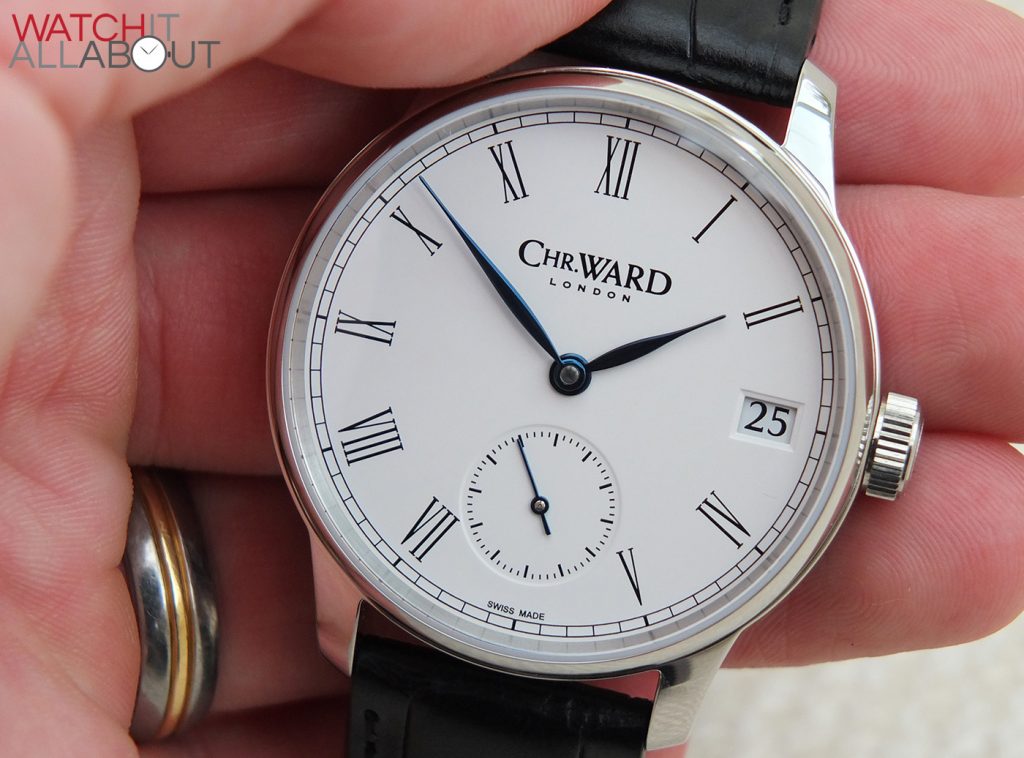
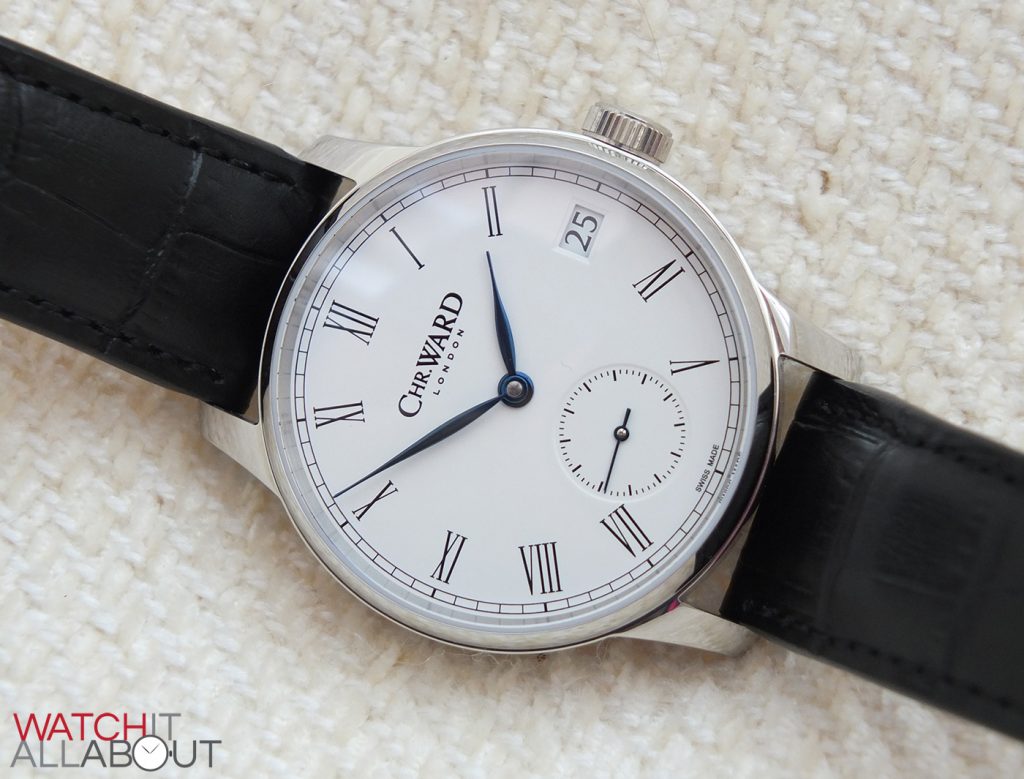
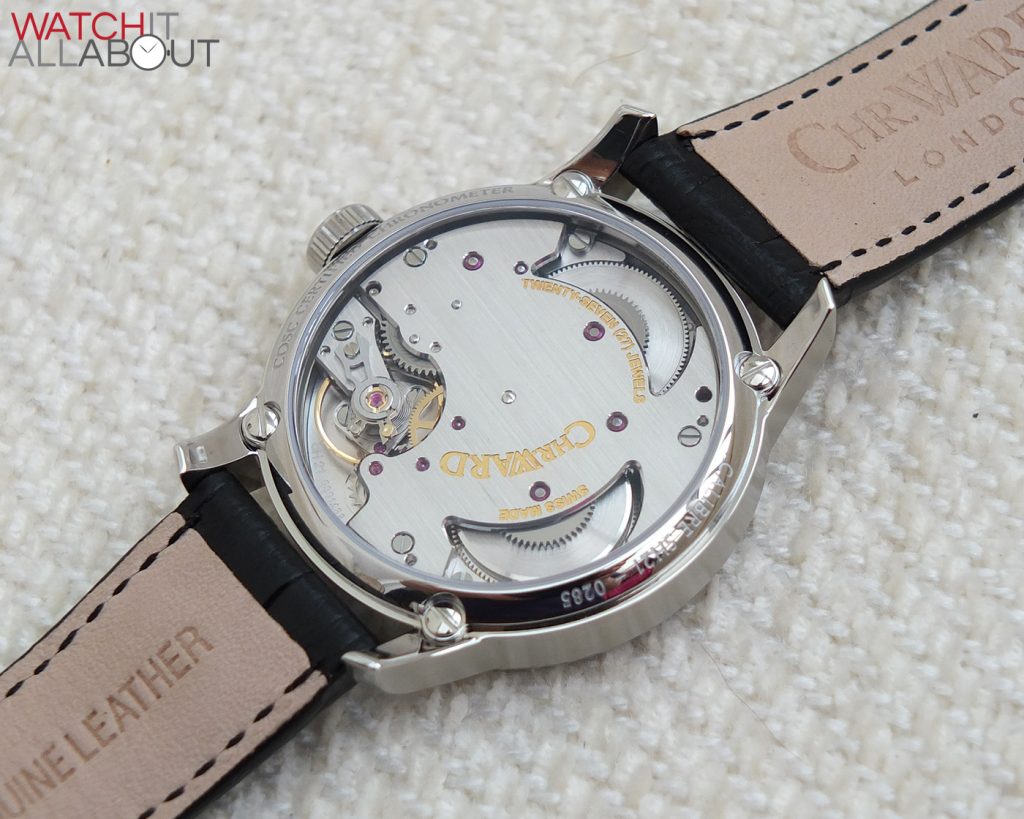
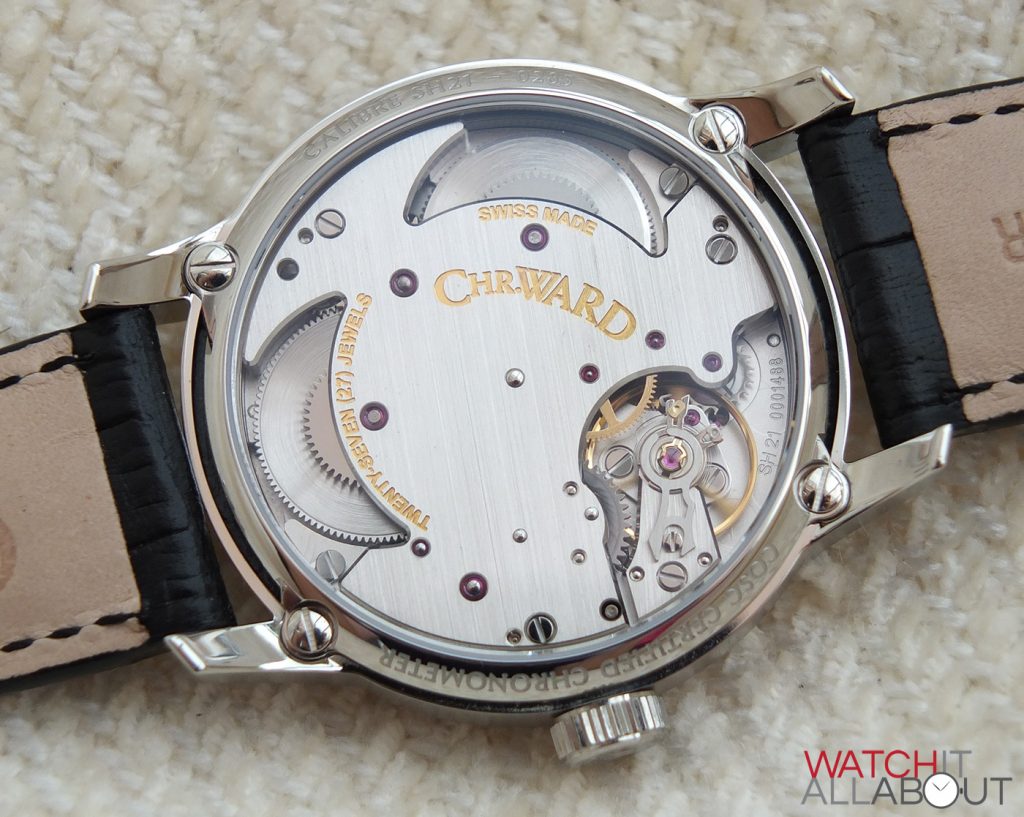
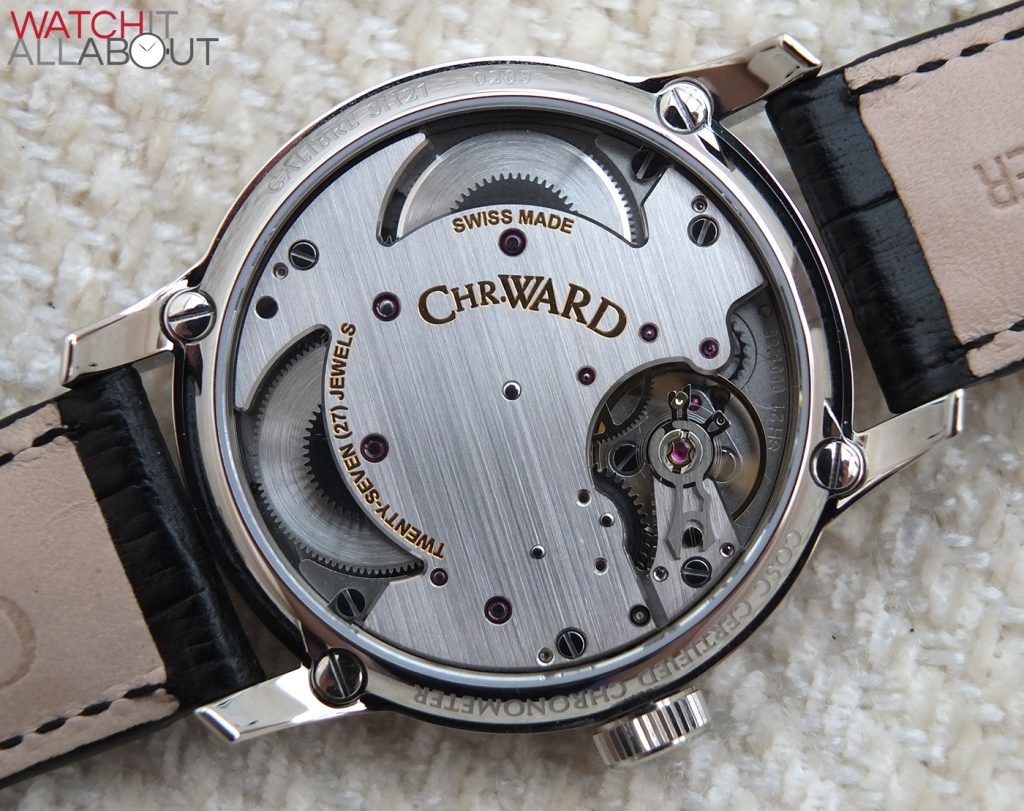
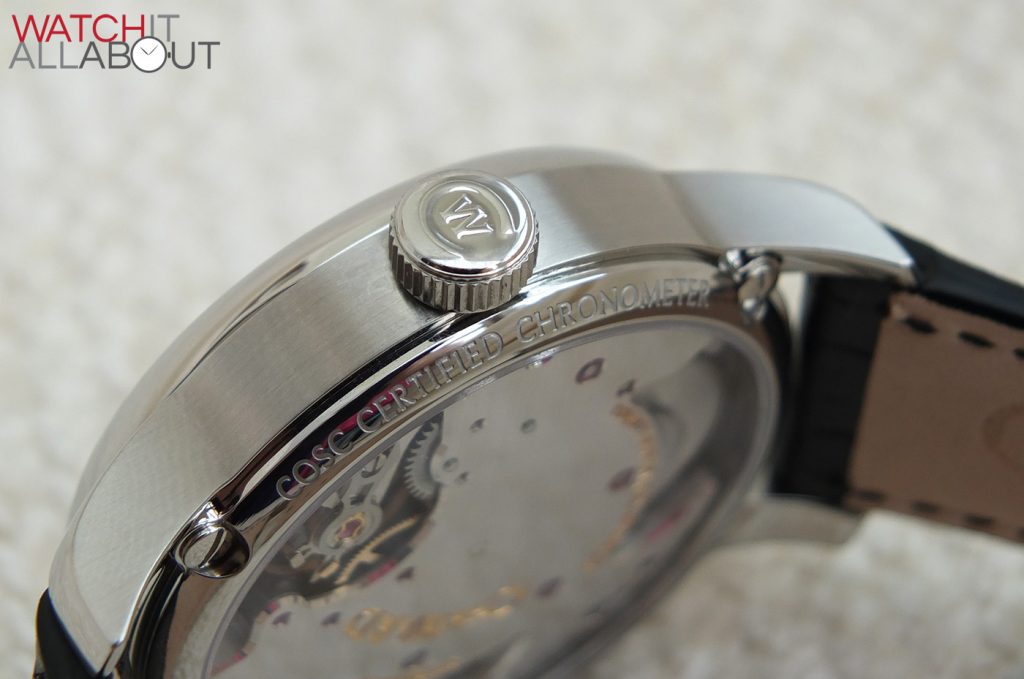
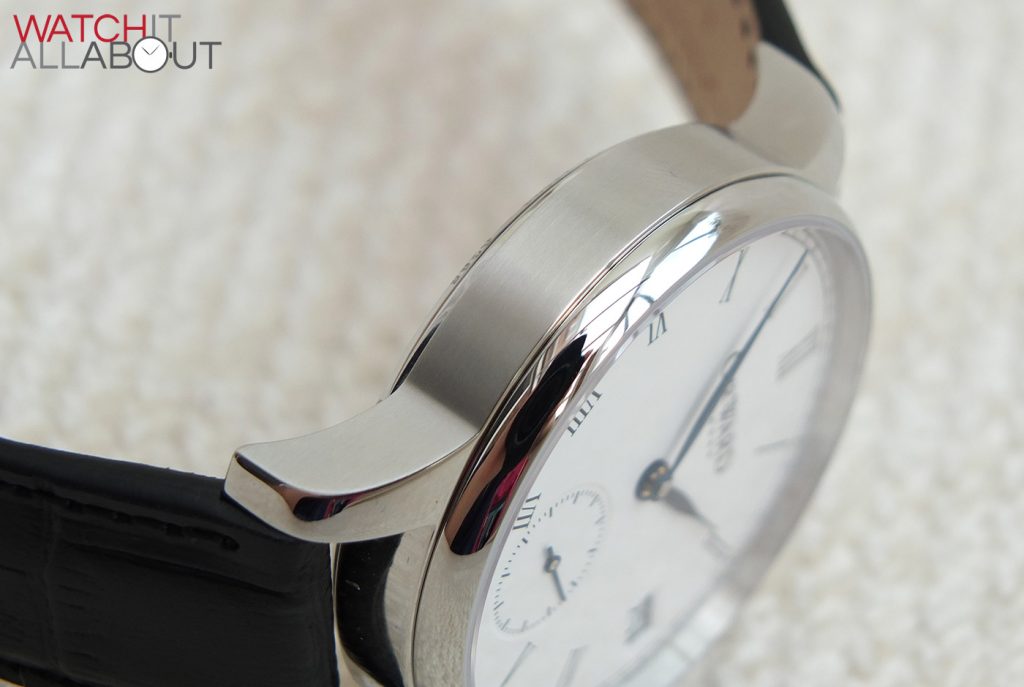
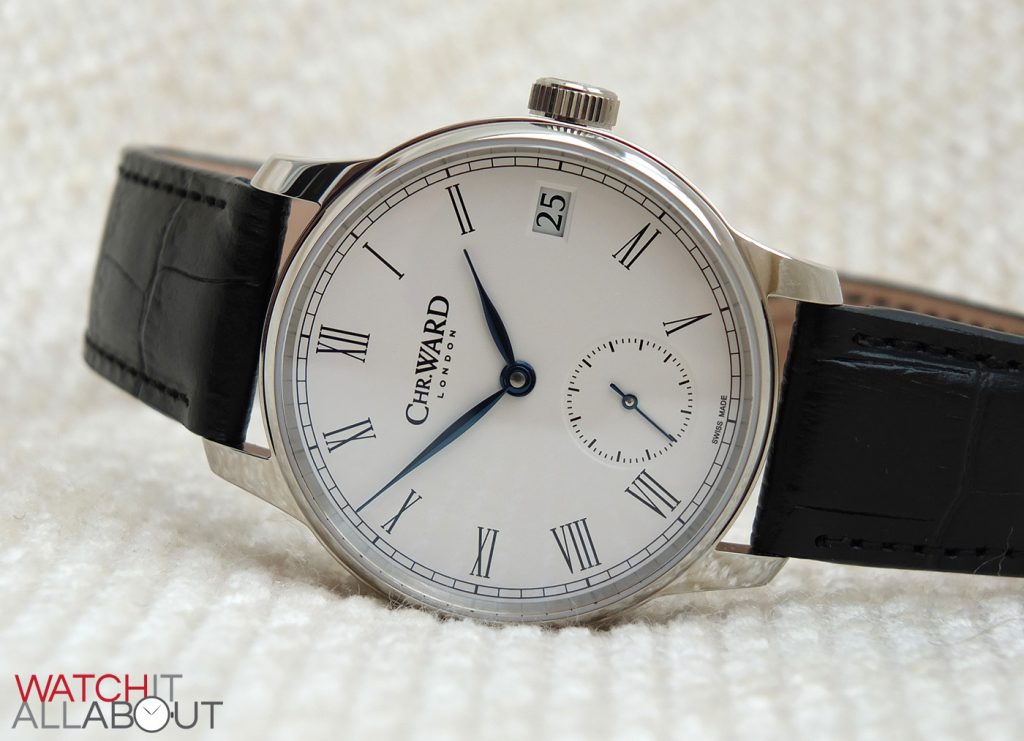
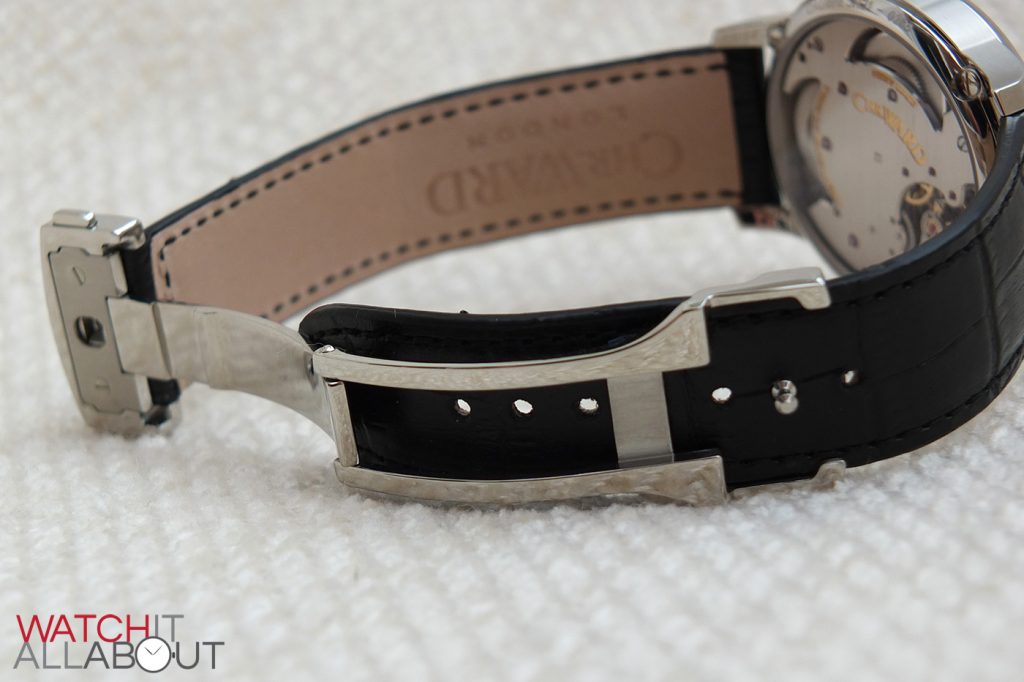
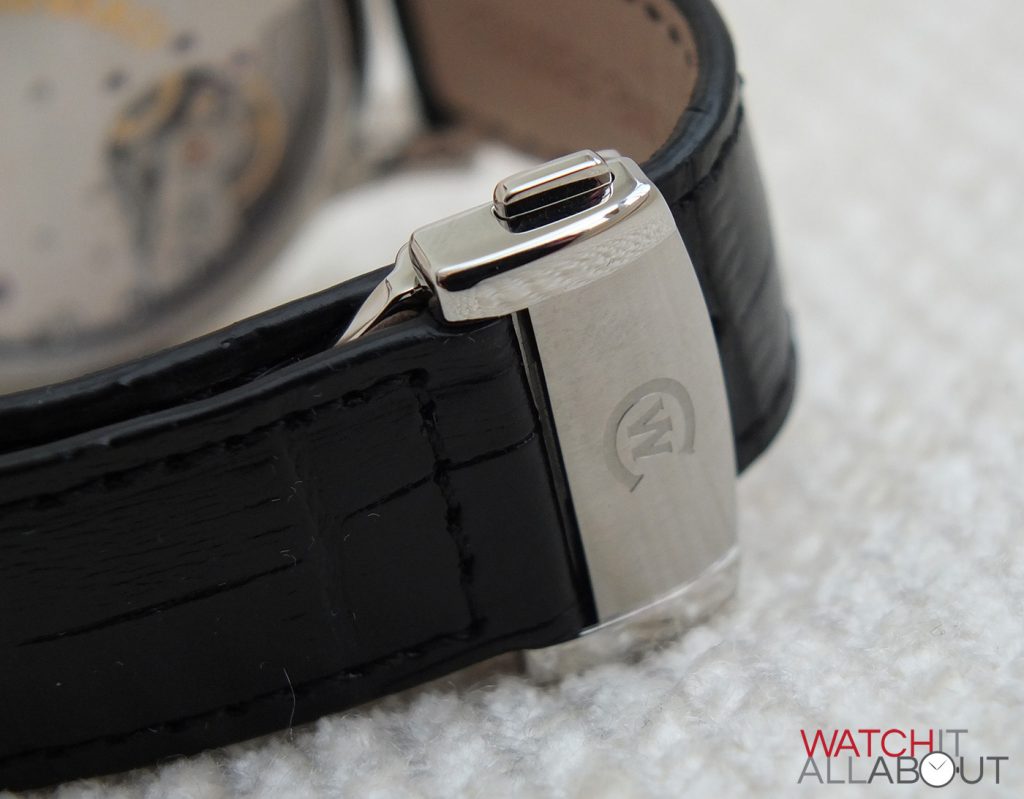
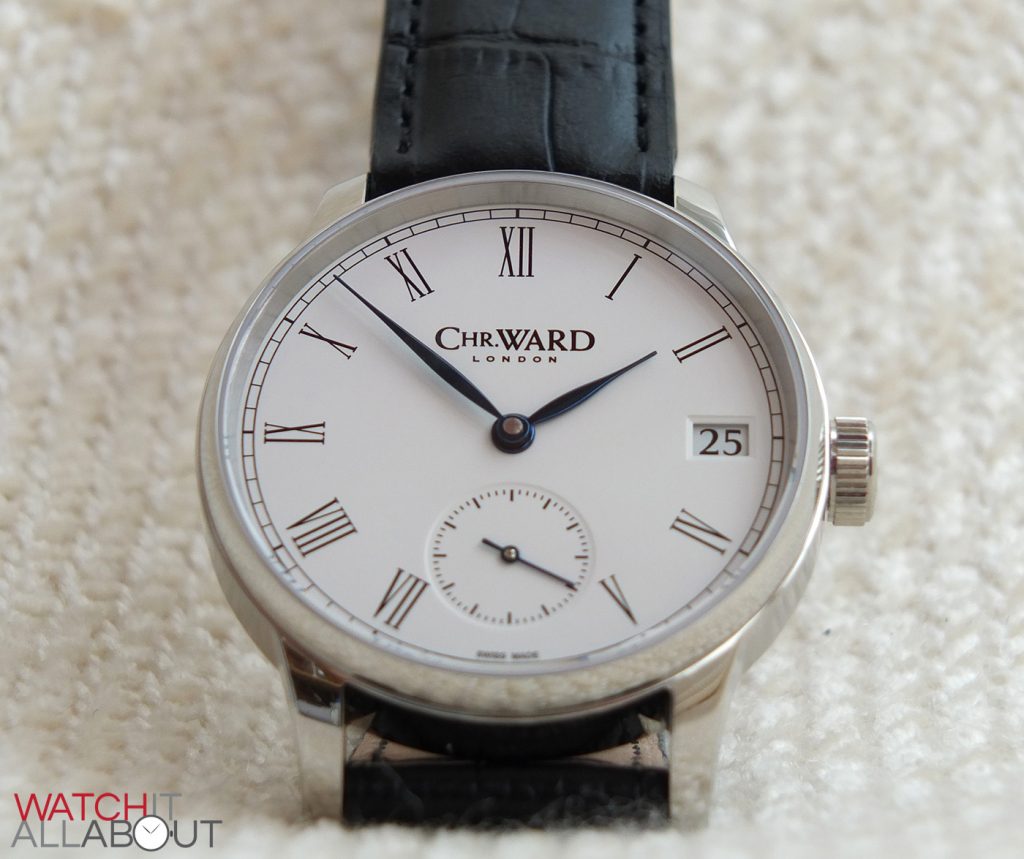
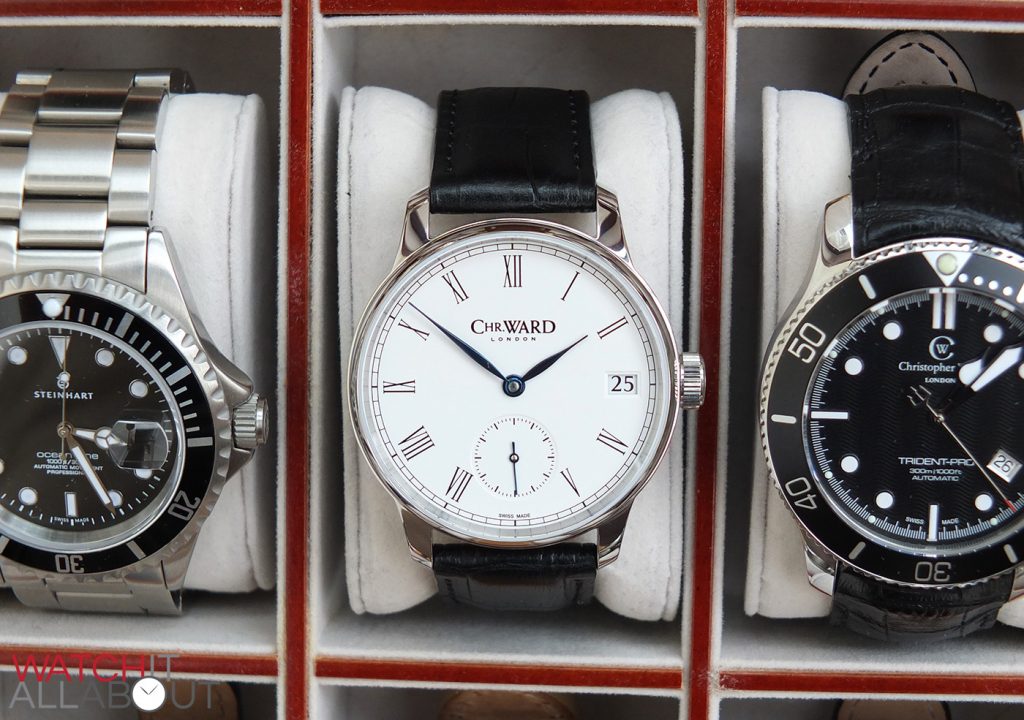

Ivar
22 August, 2015 at 7:09 pm
This is definitely a watch I would like to own. CW is making great watches for reasonable prices. Still it’s a lot of money if this is your third, fourth, etc watch. But it’s very appealing to me.